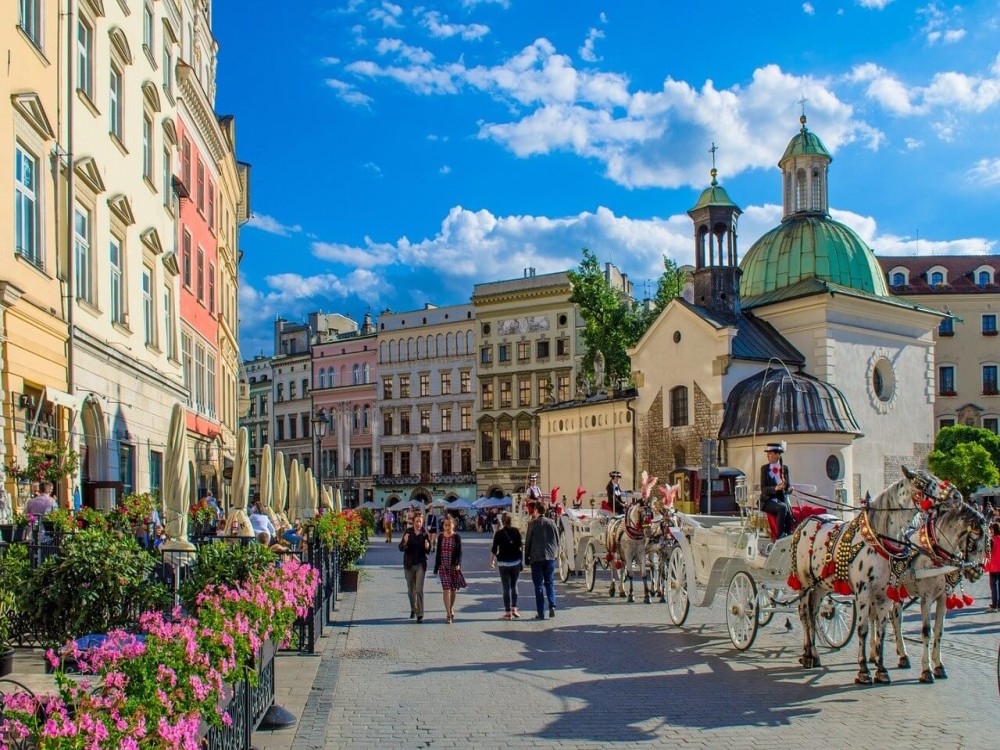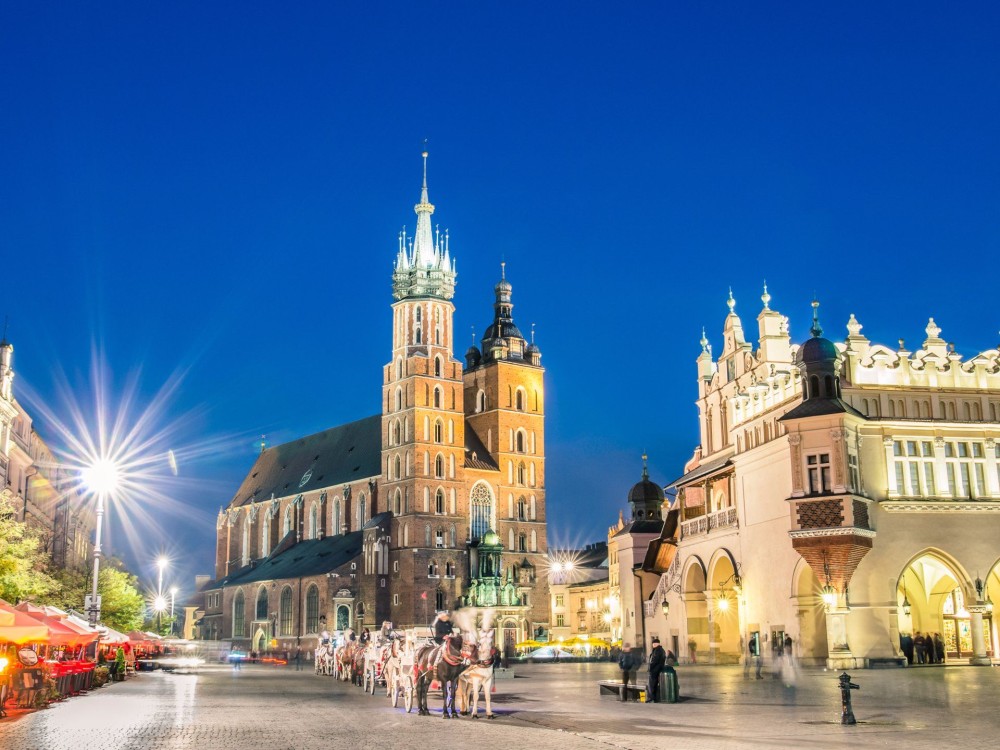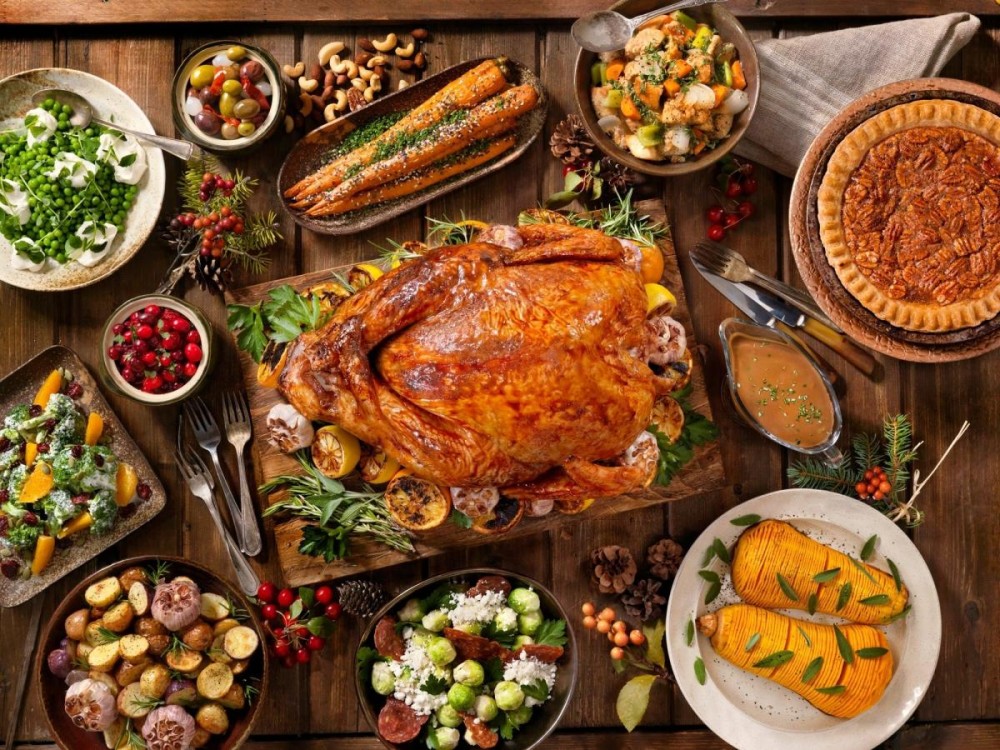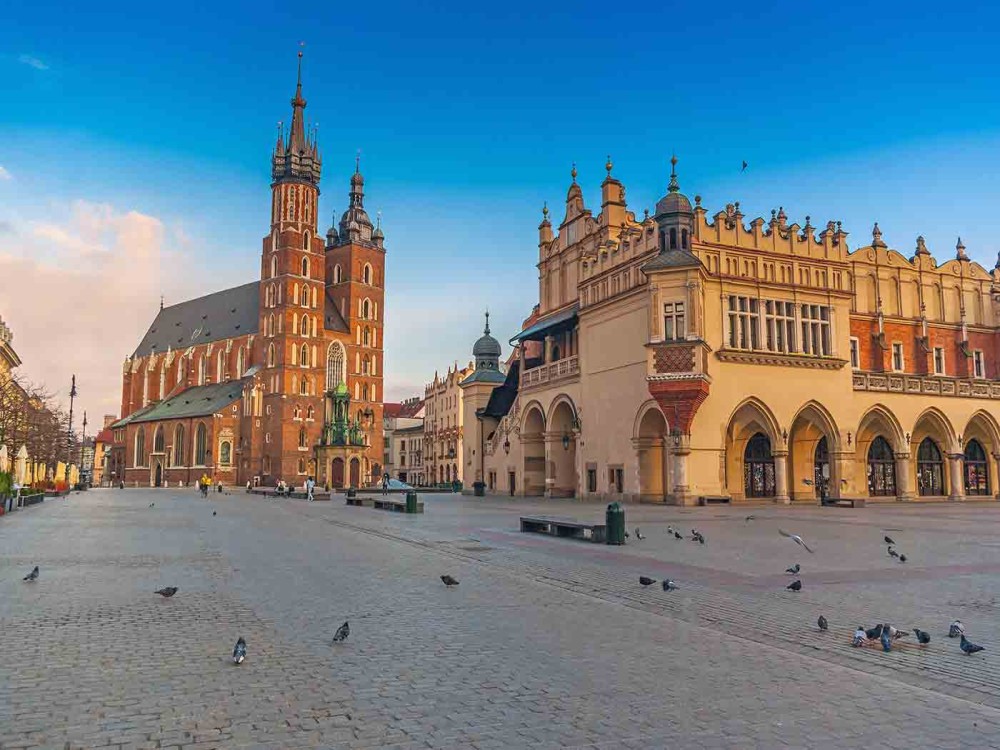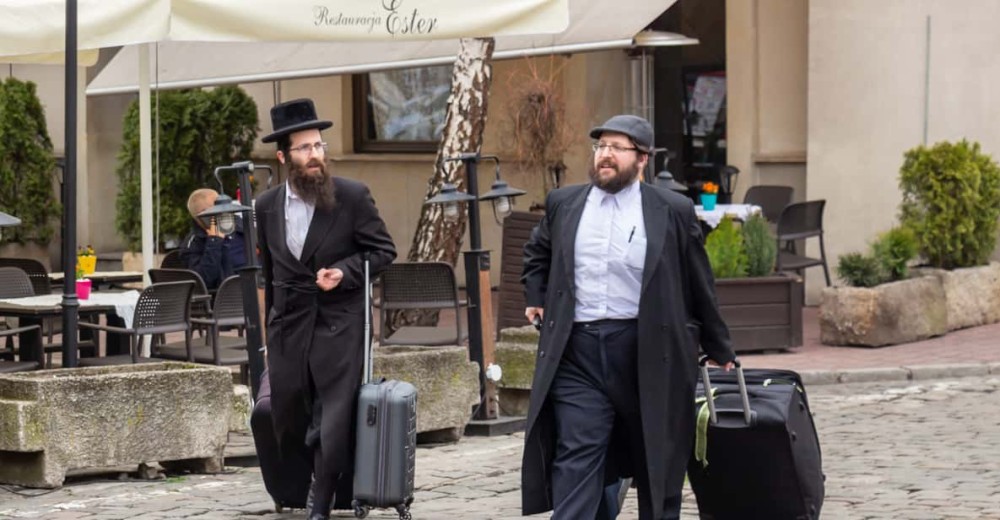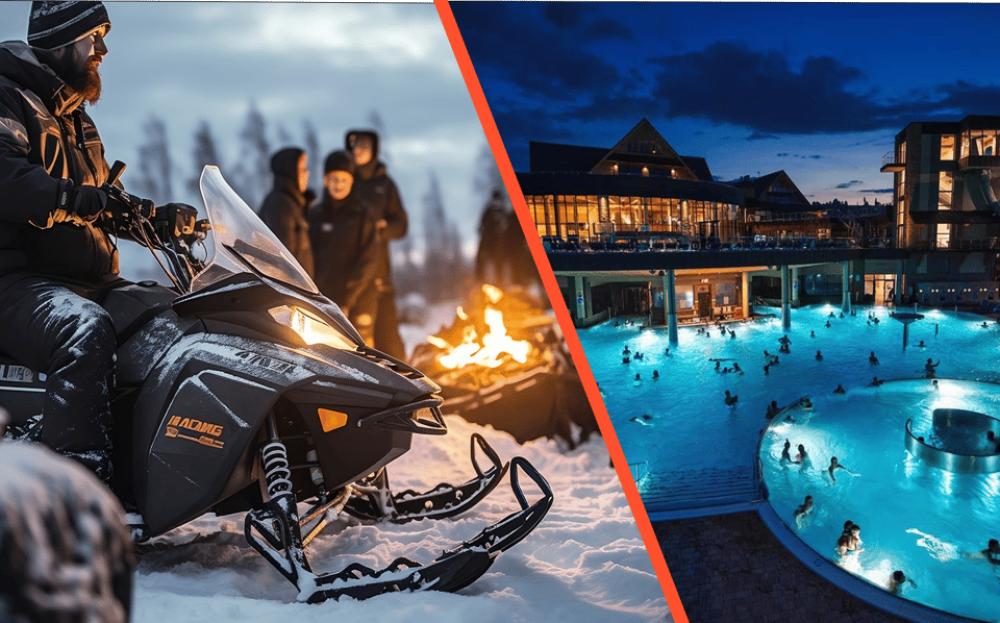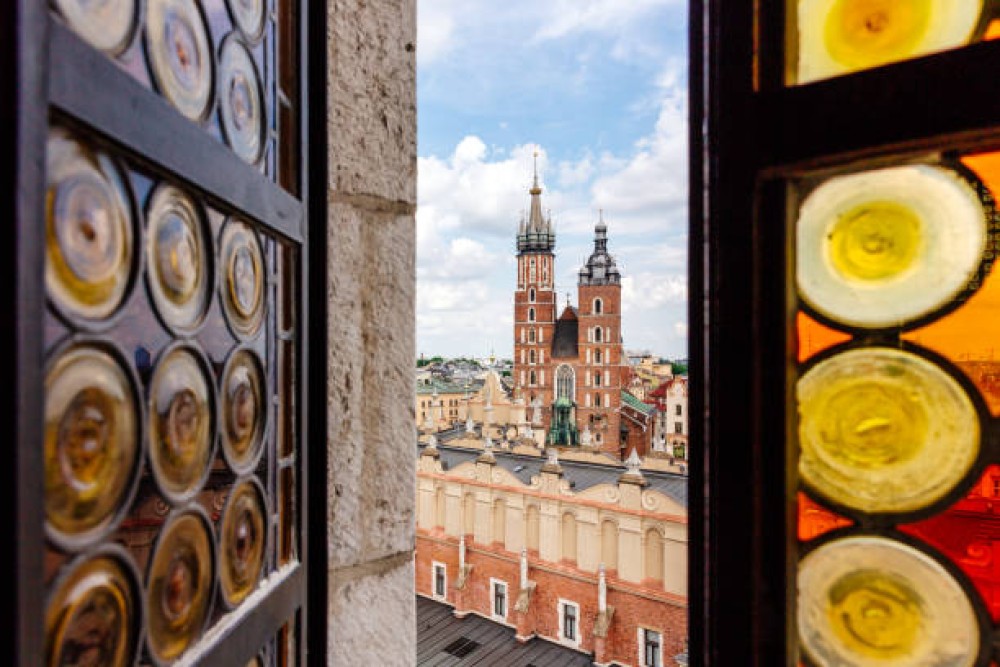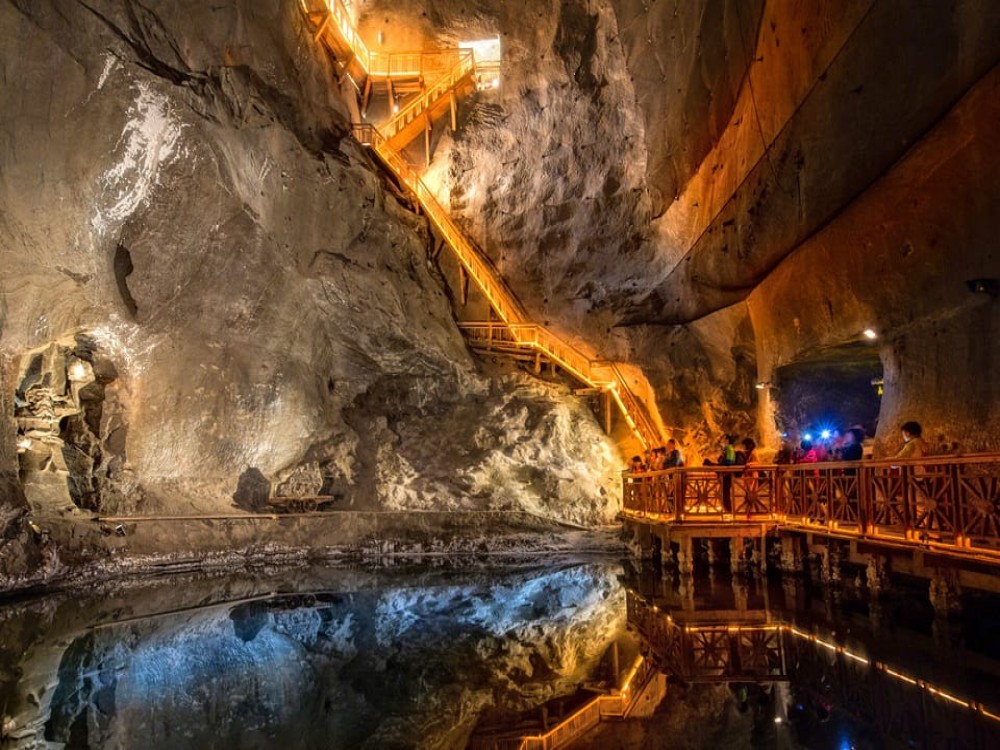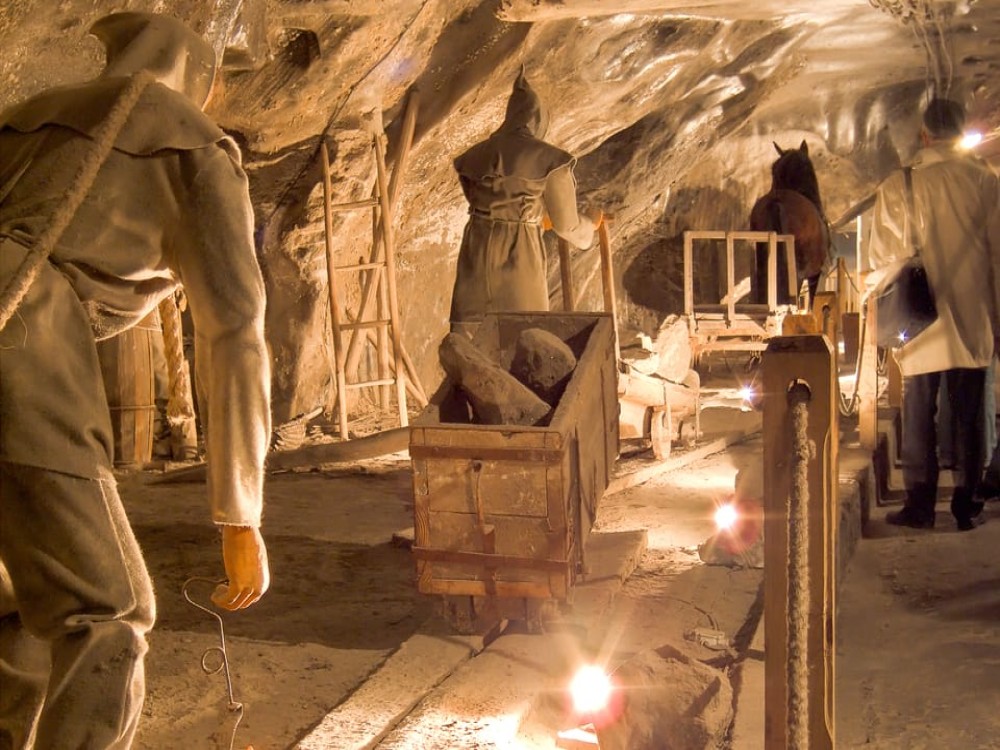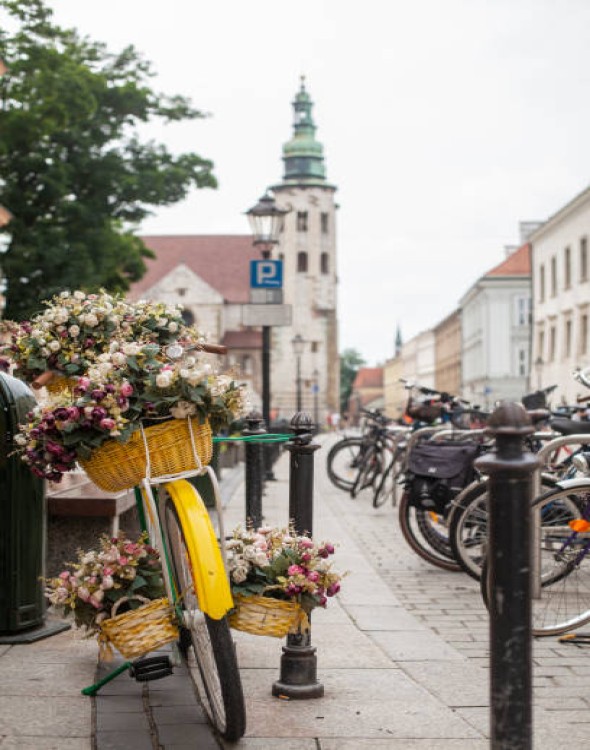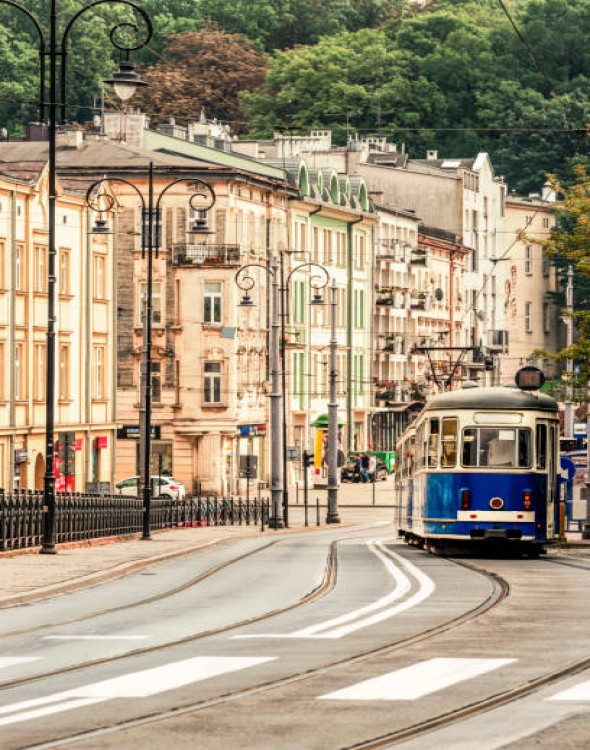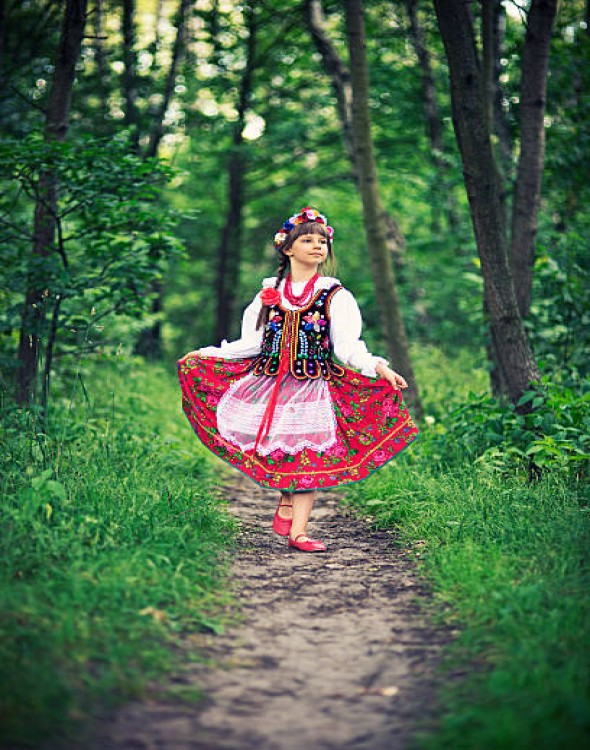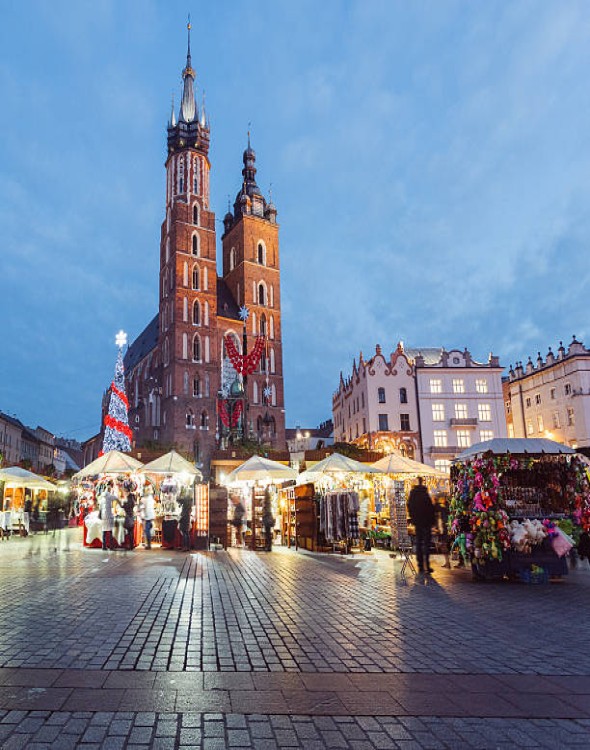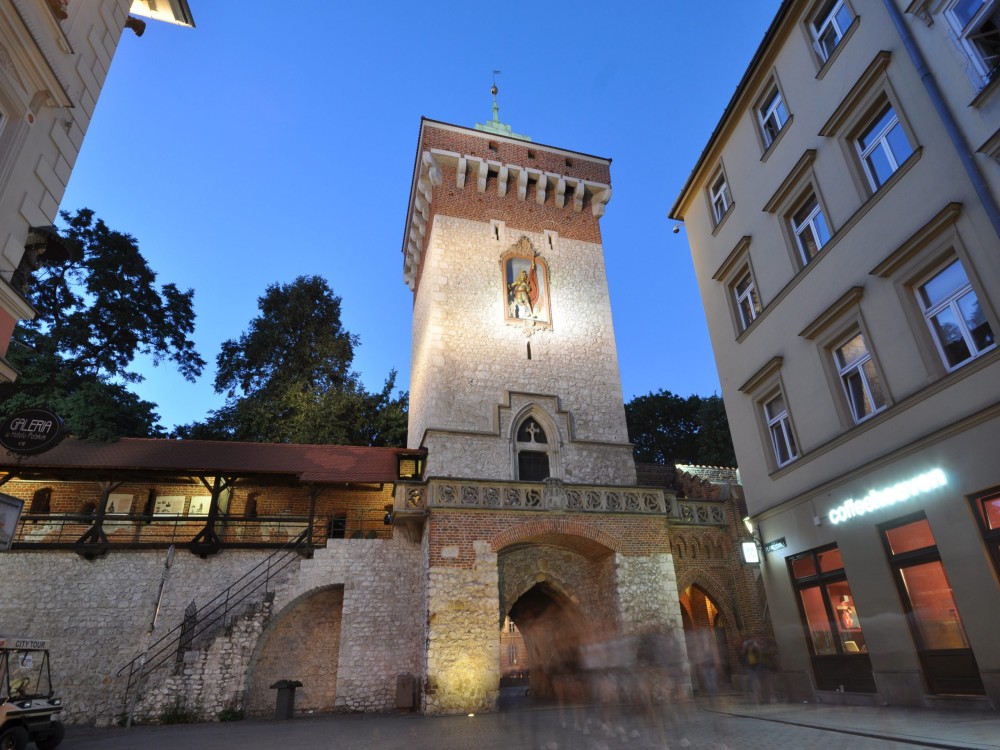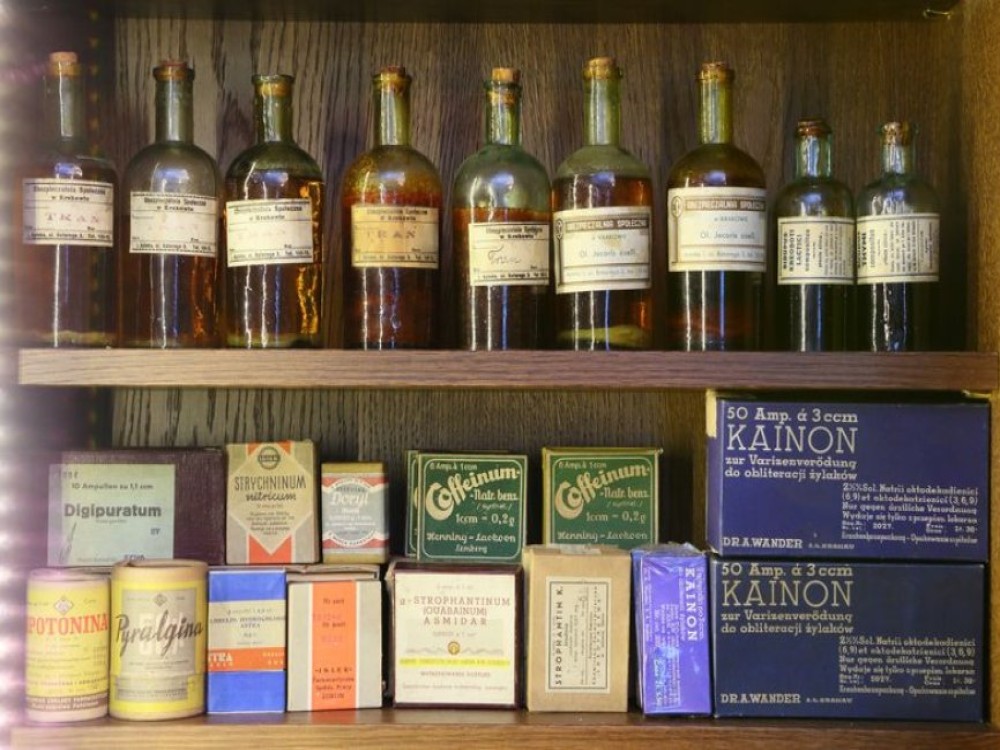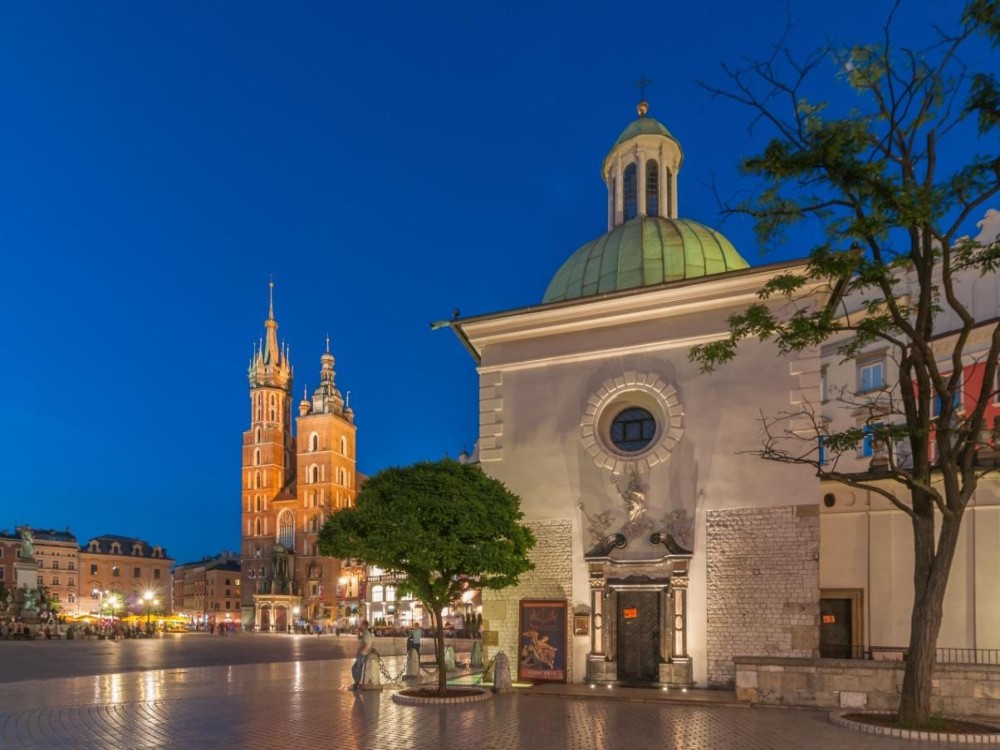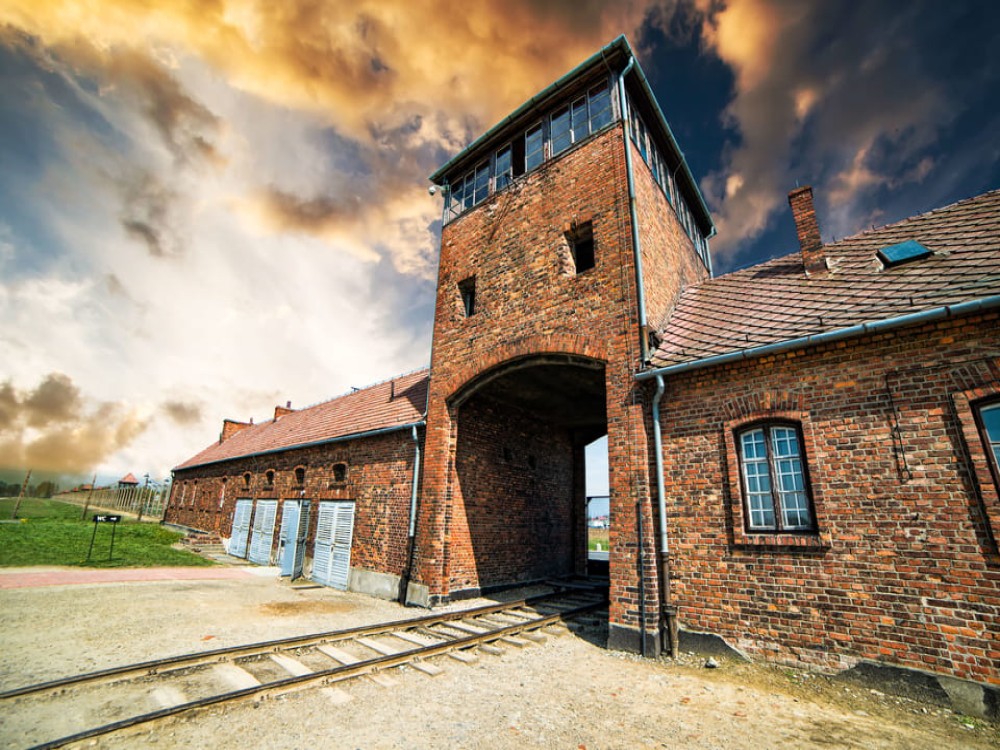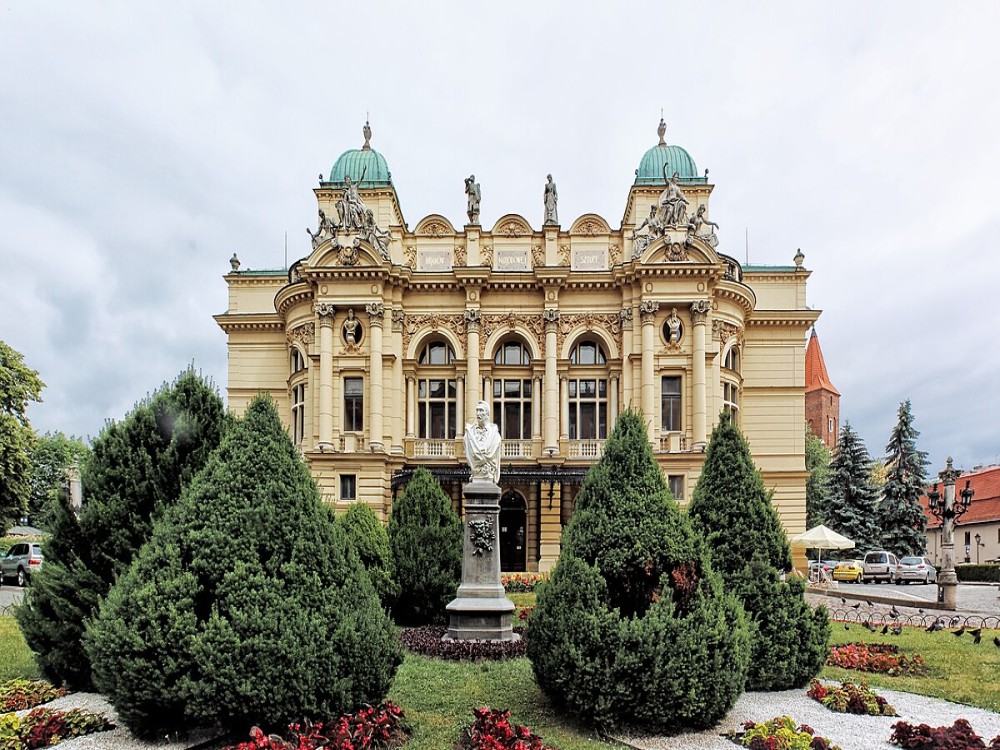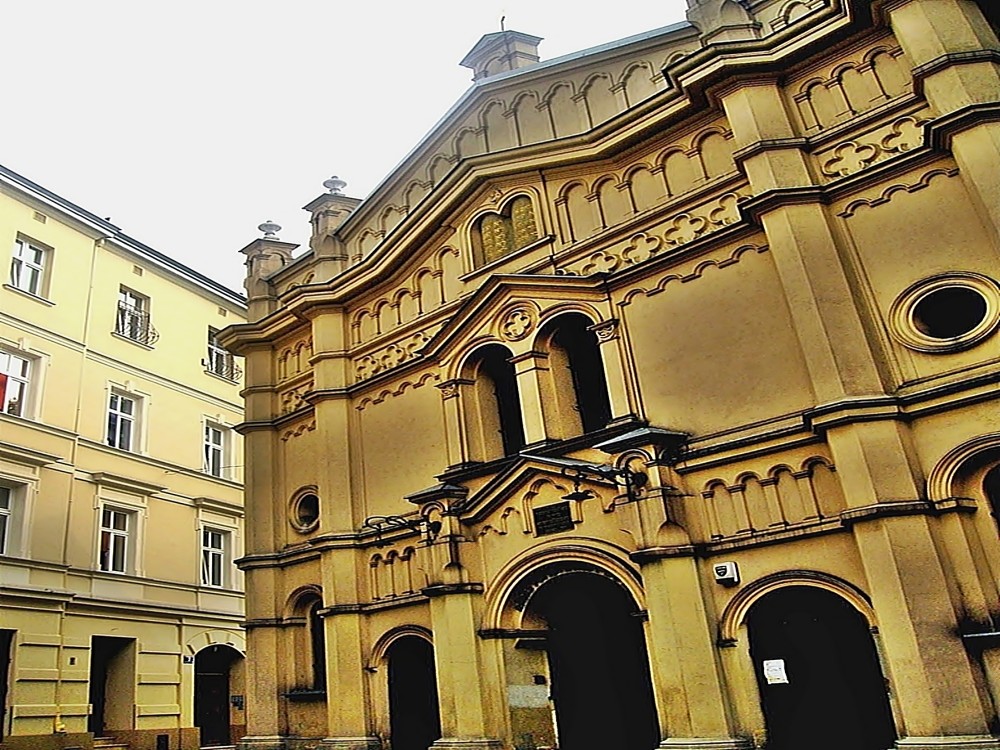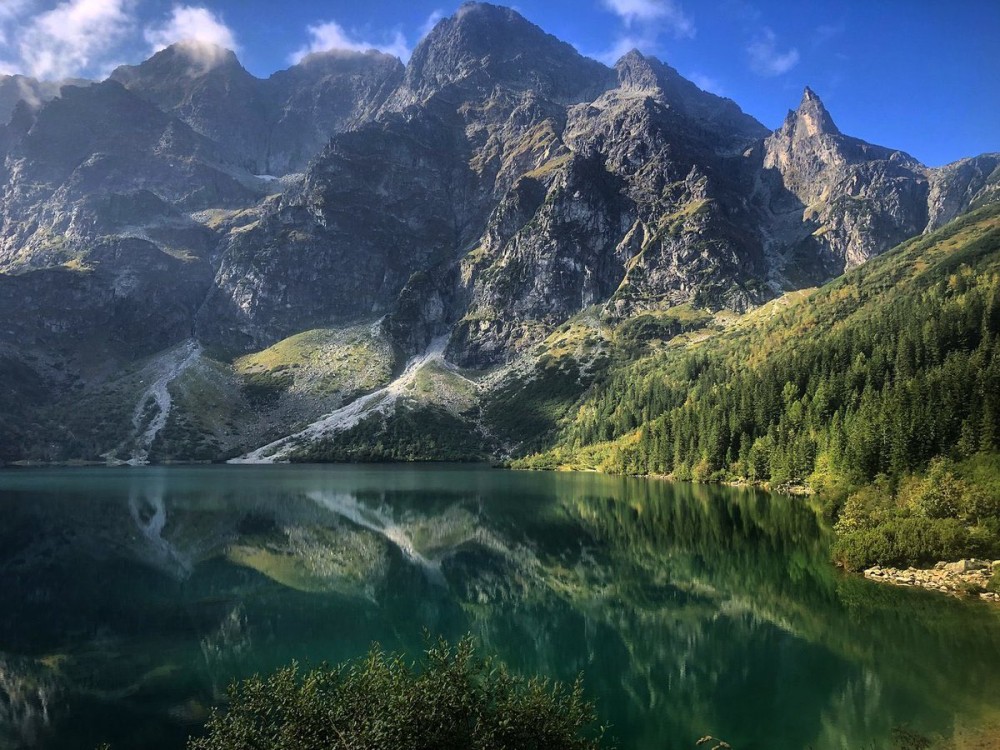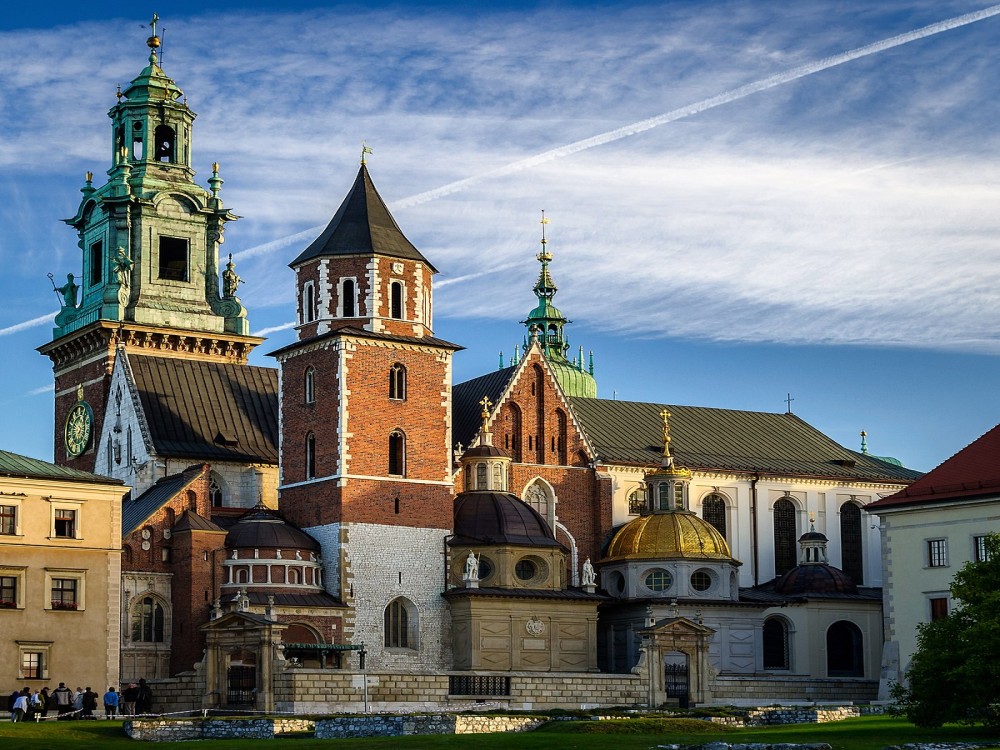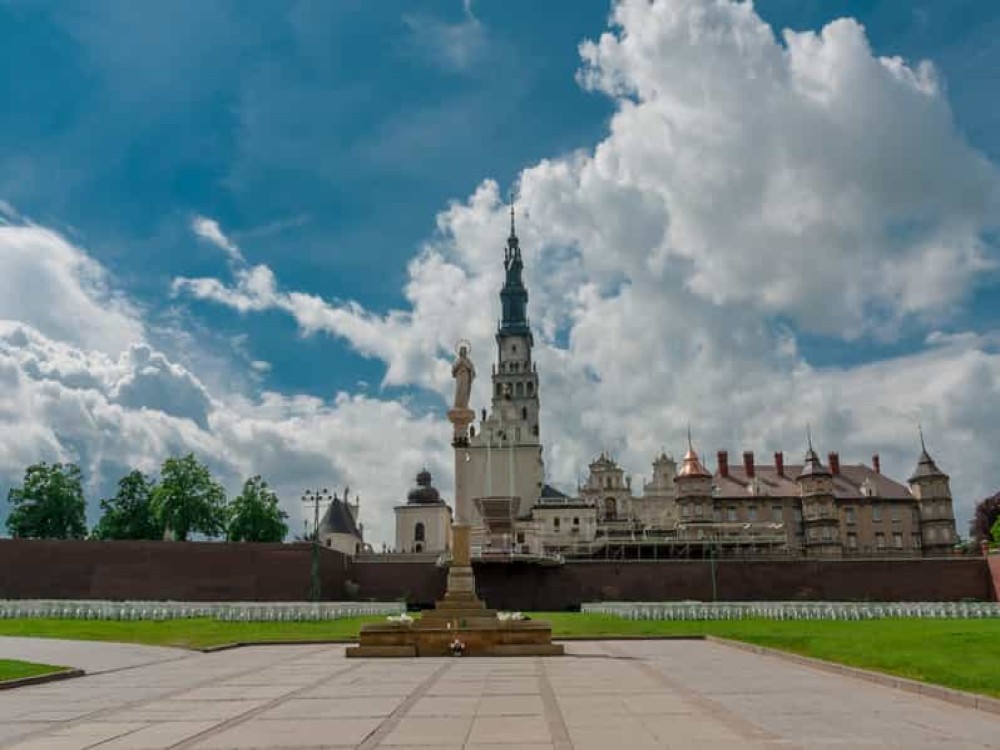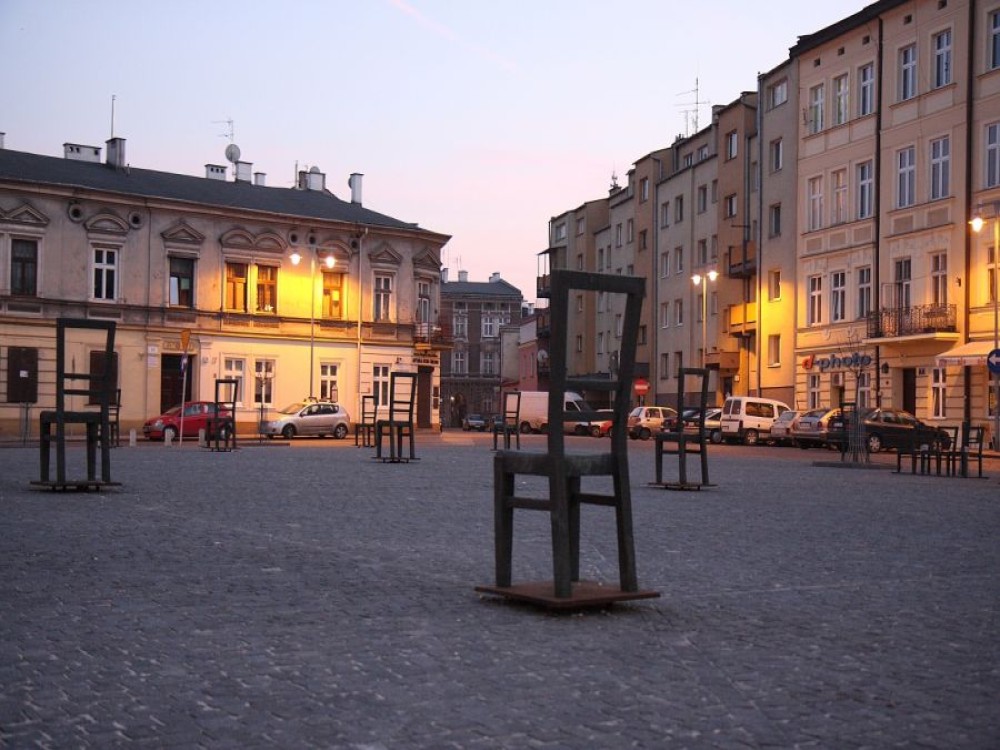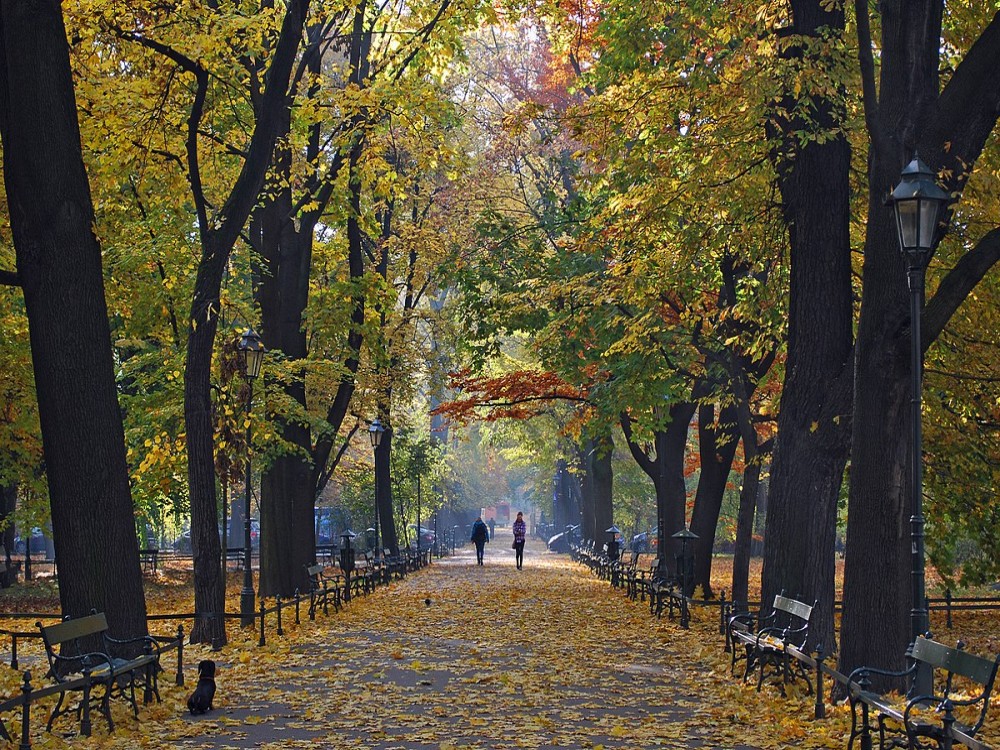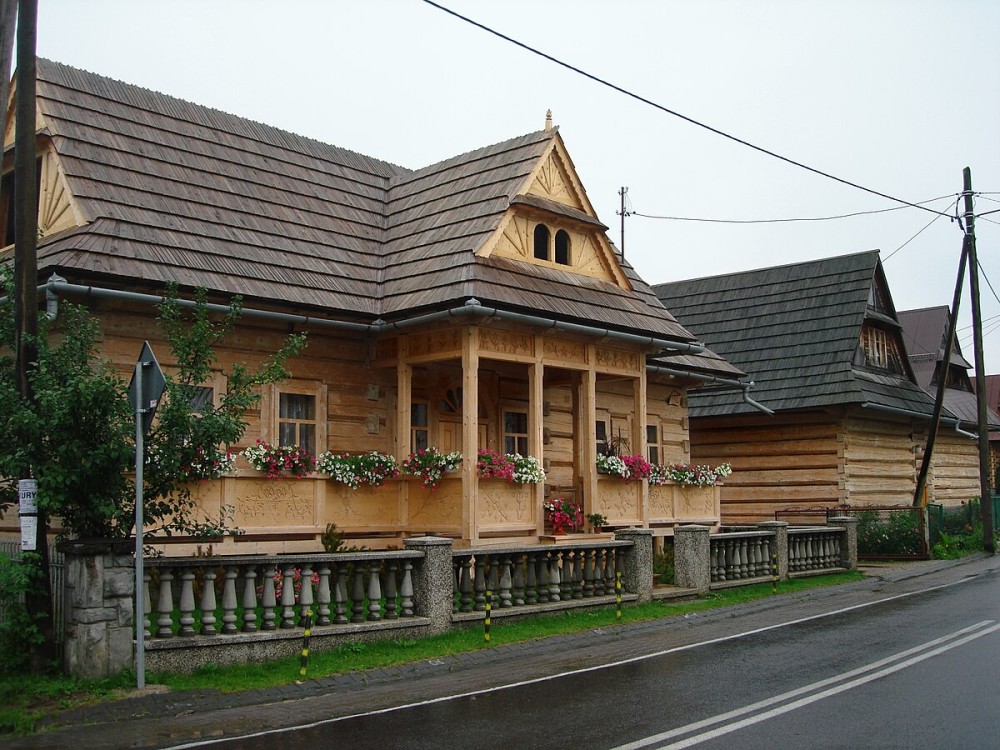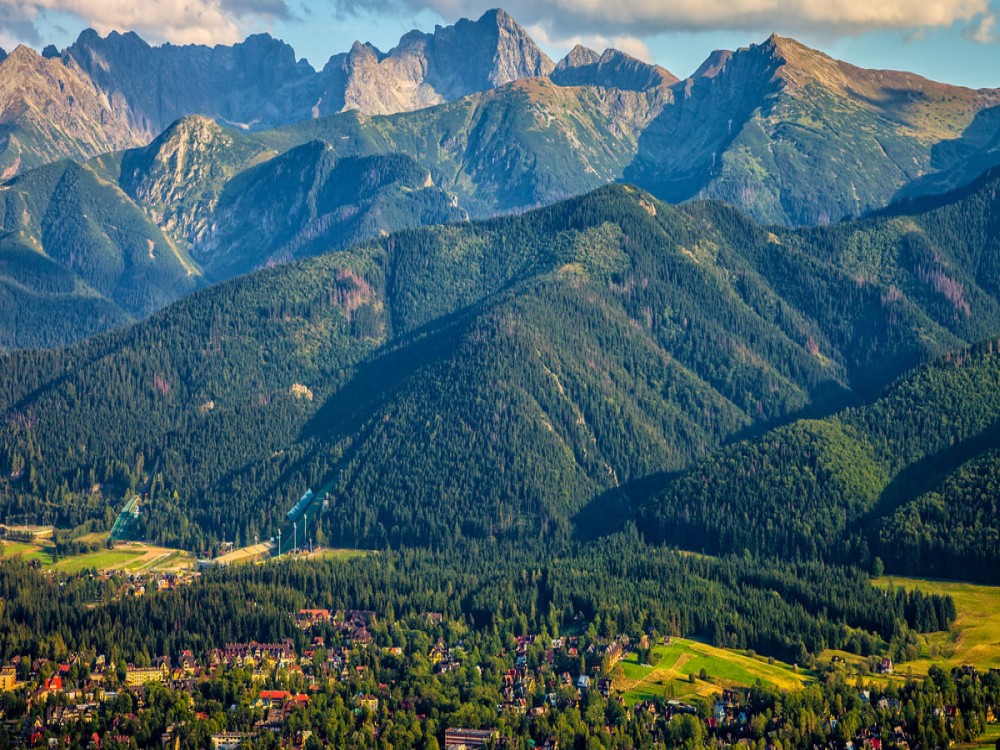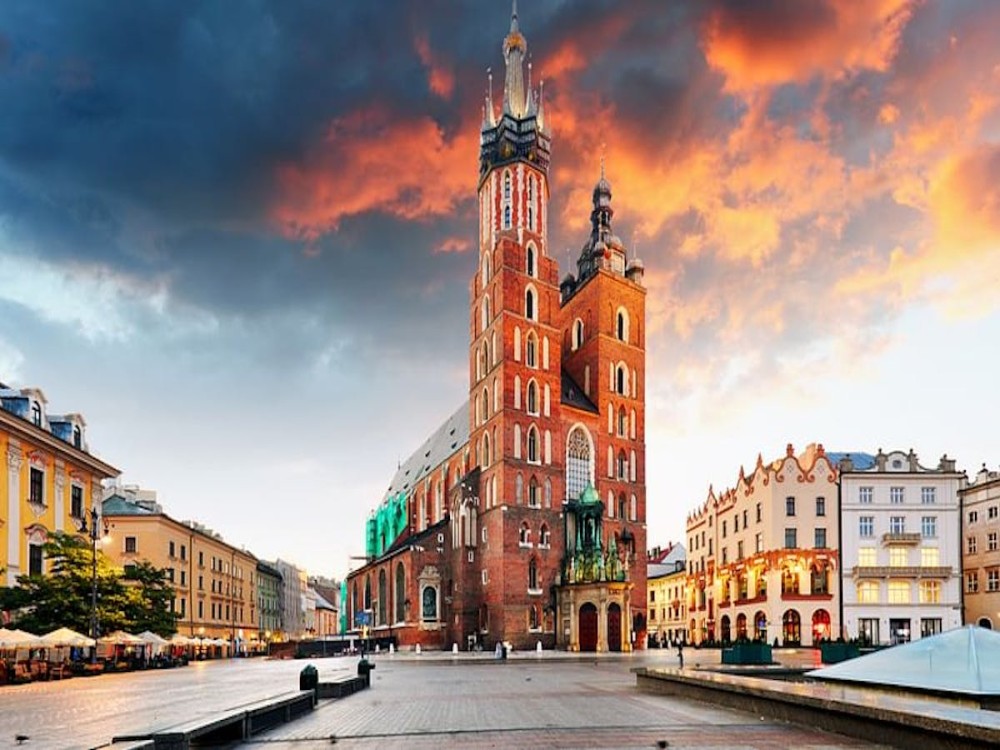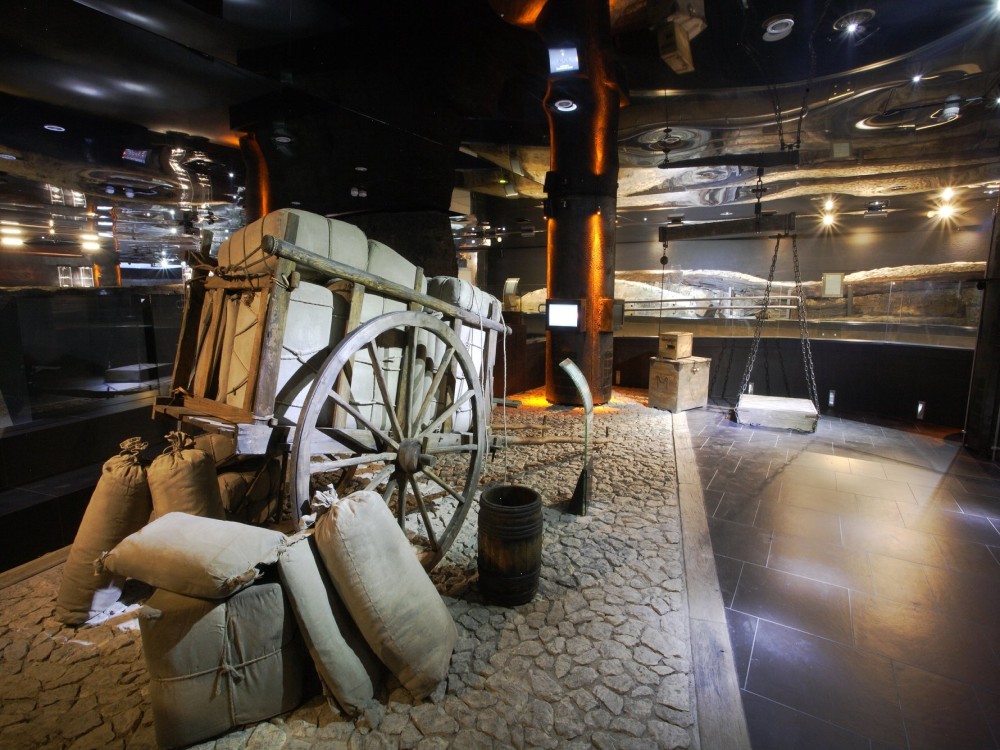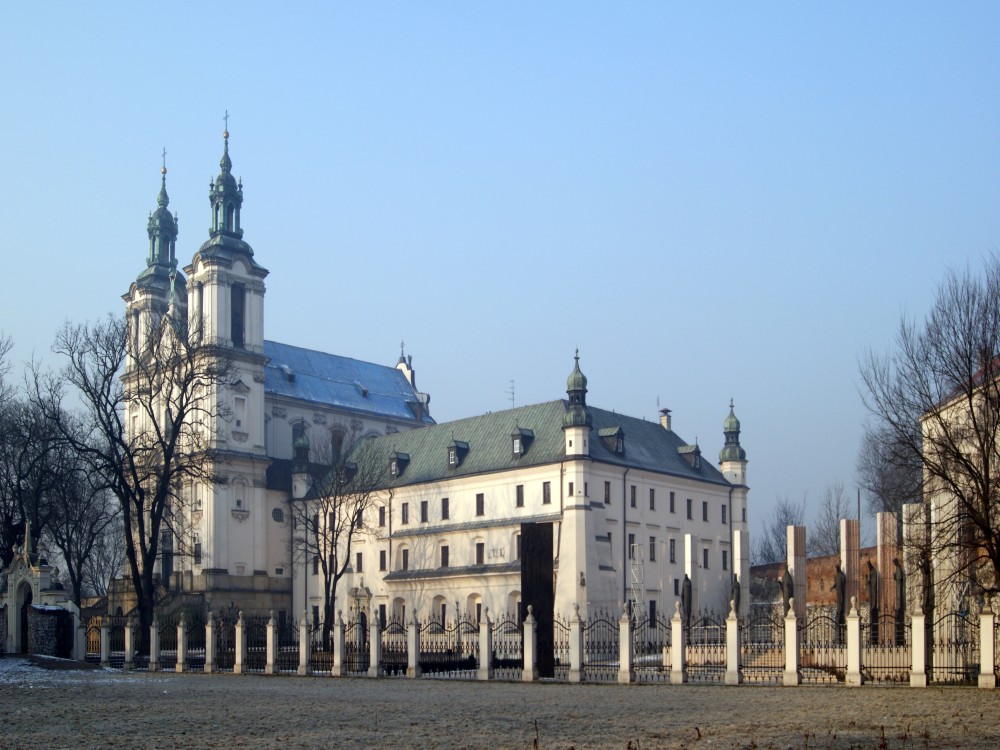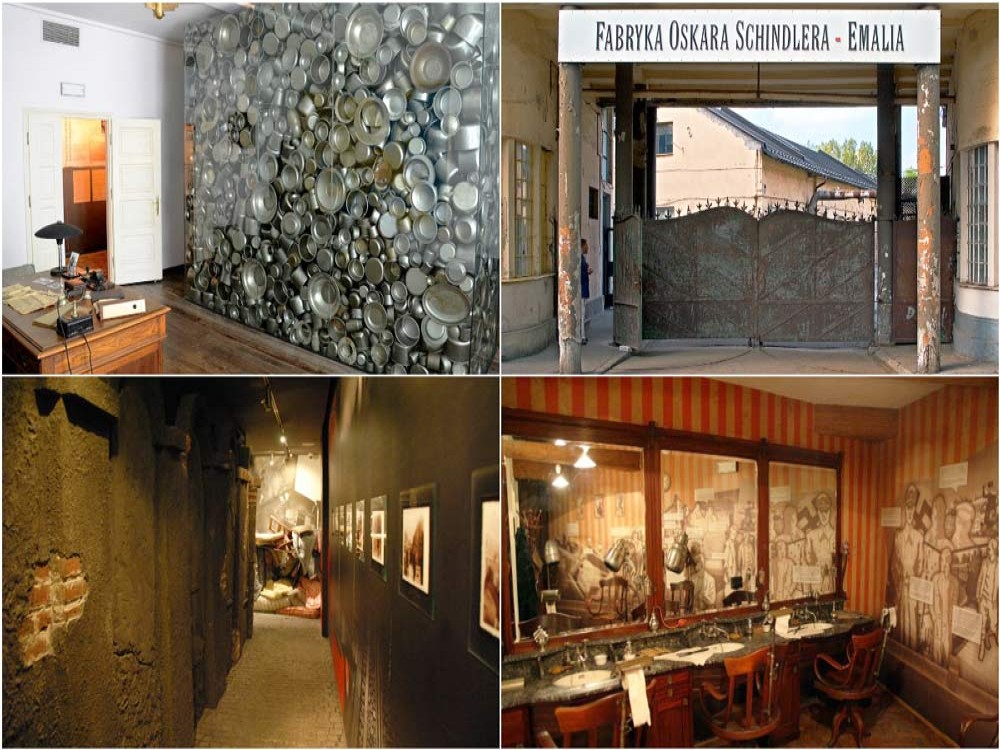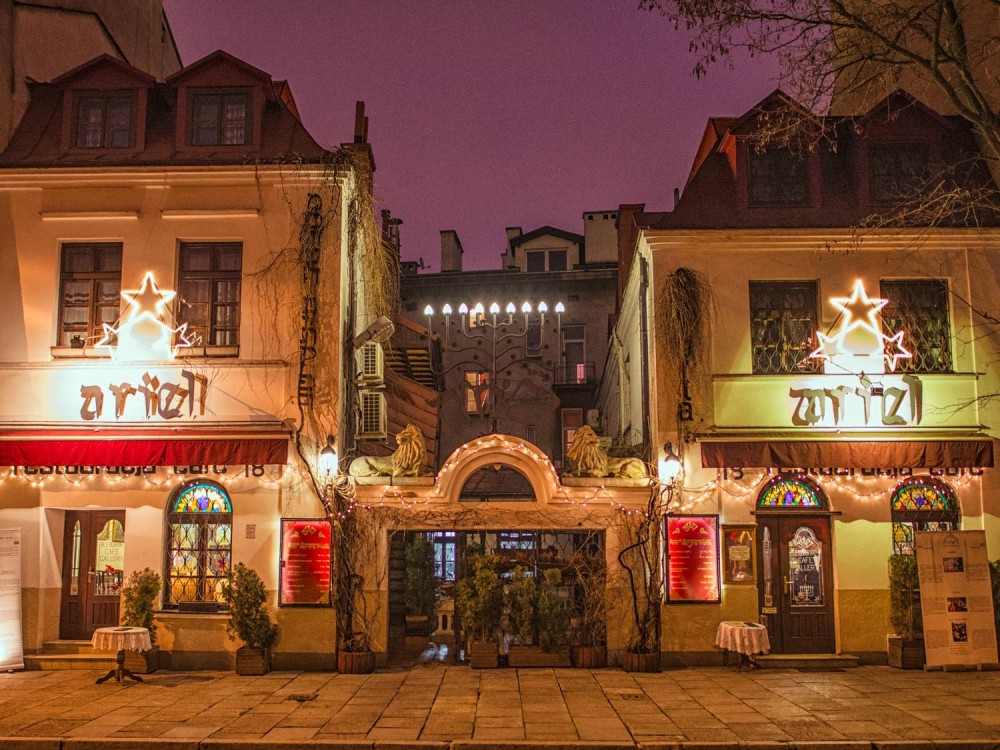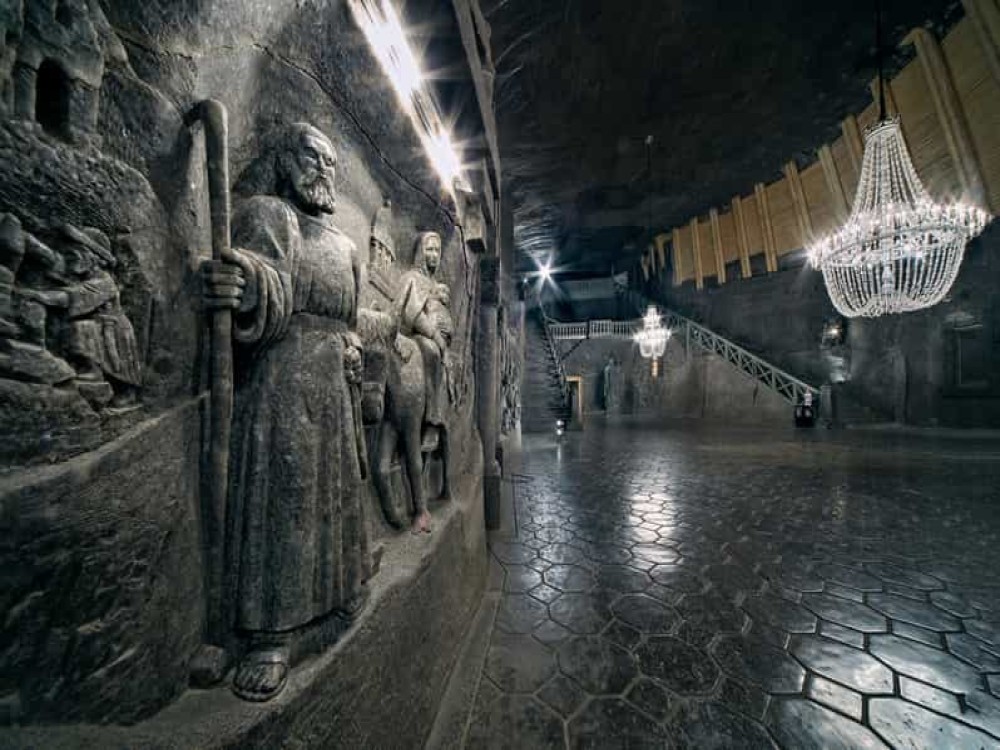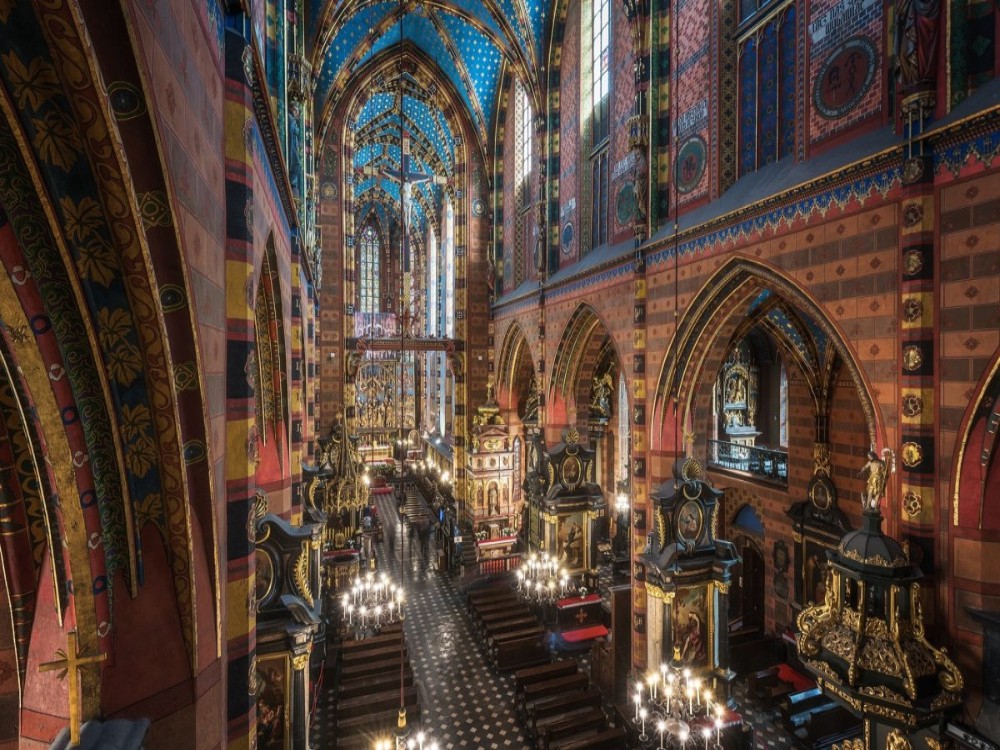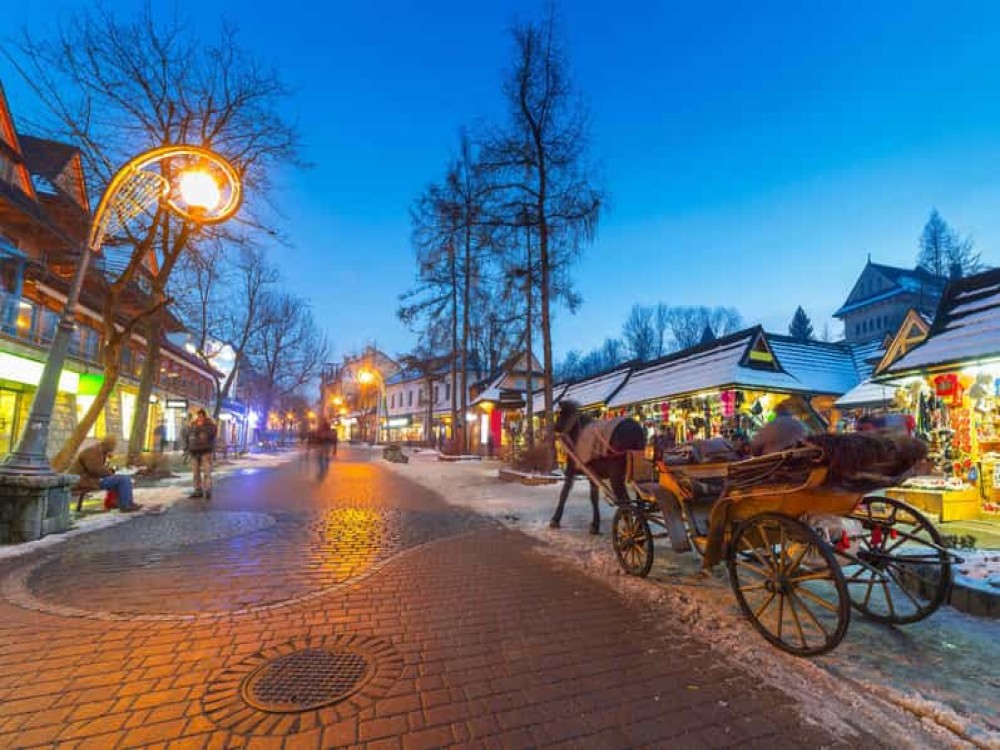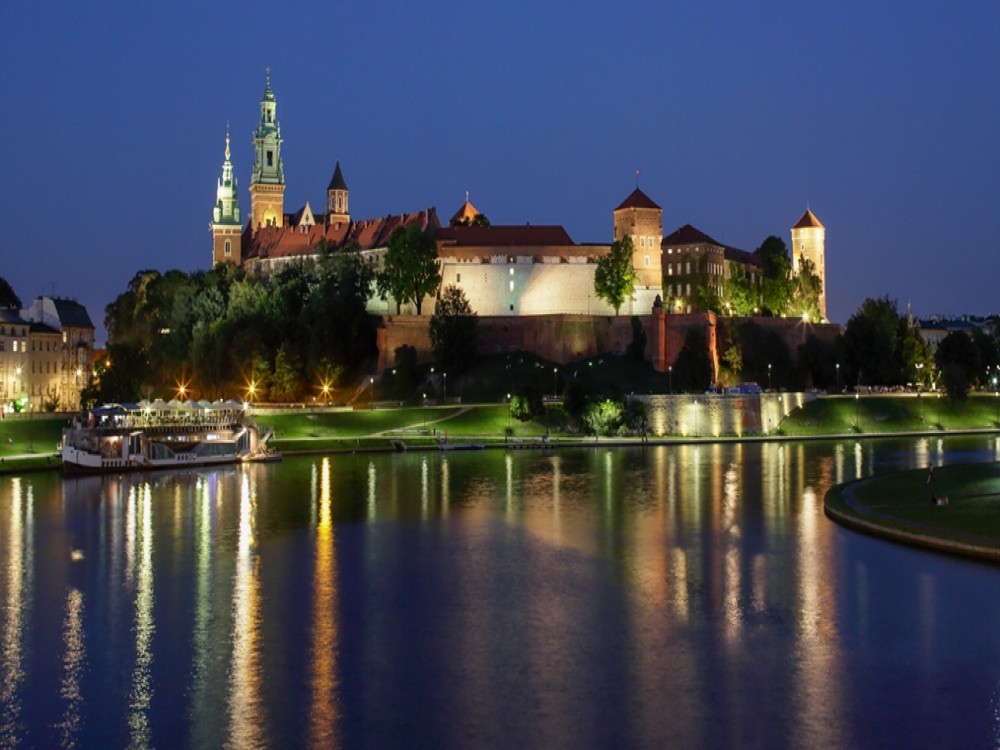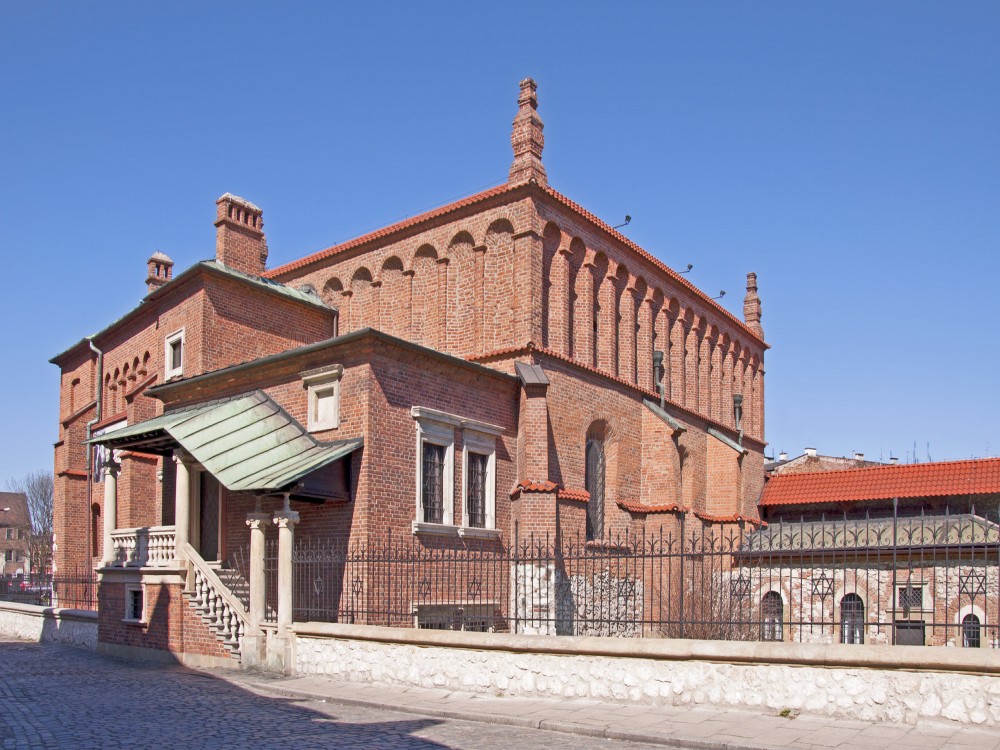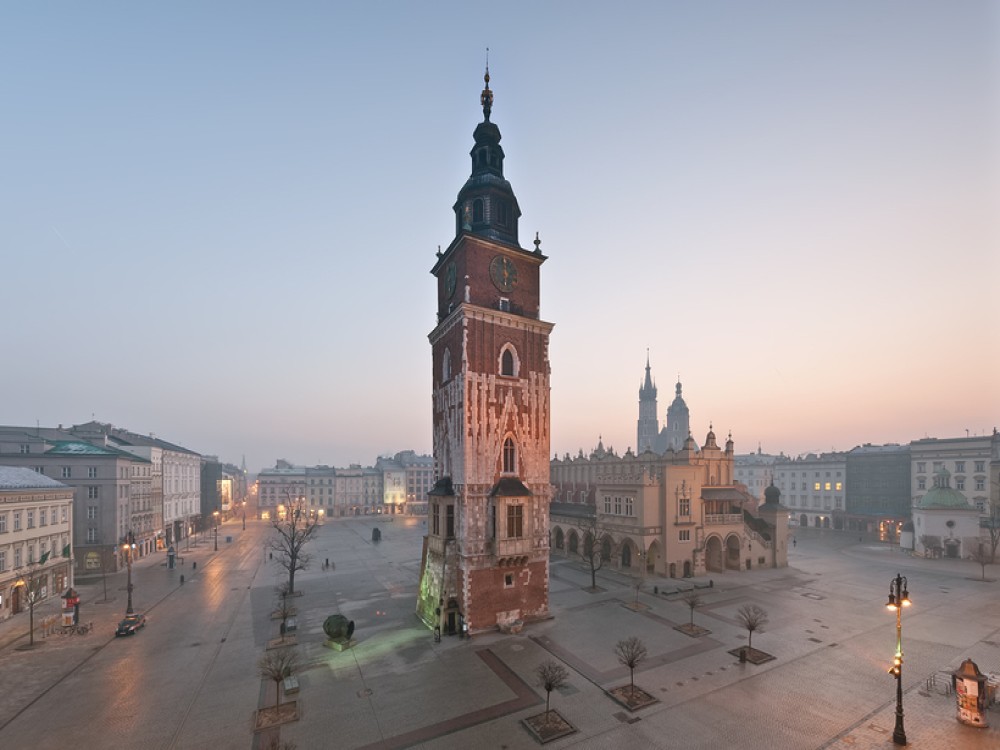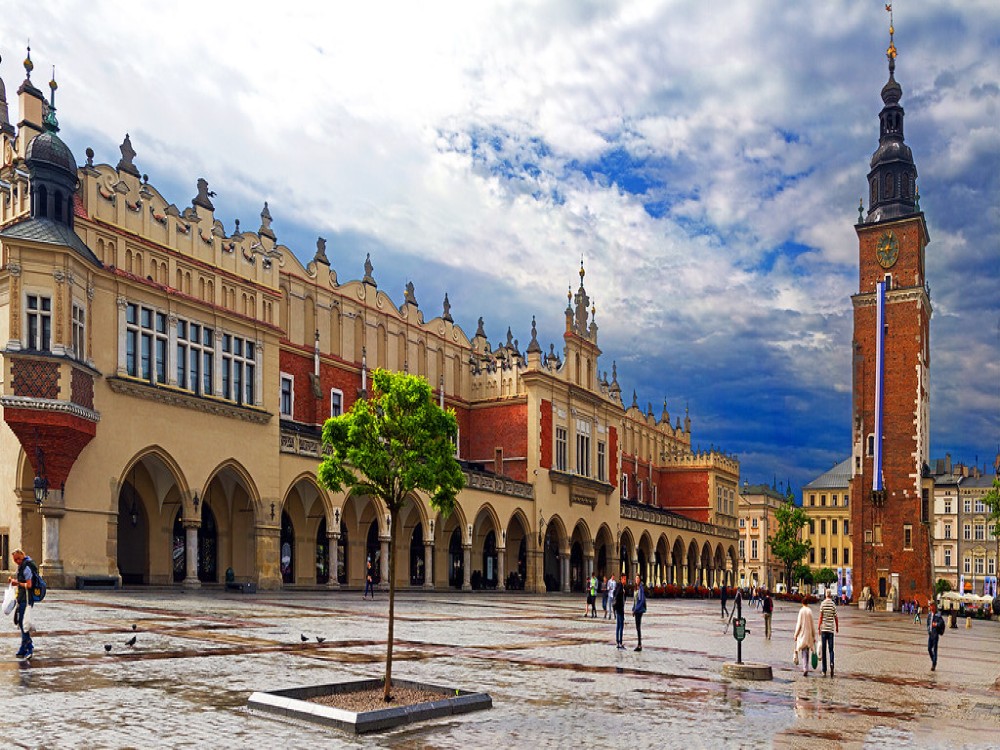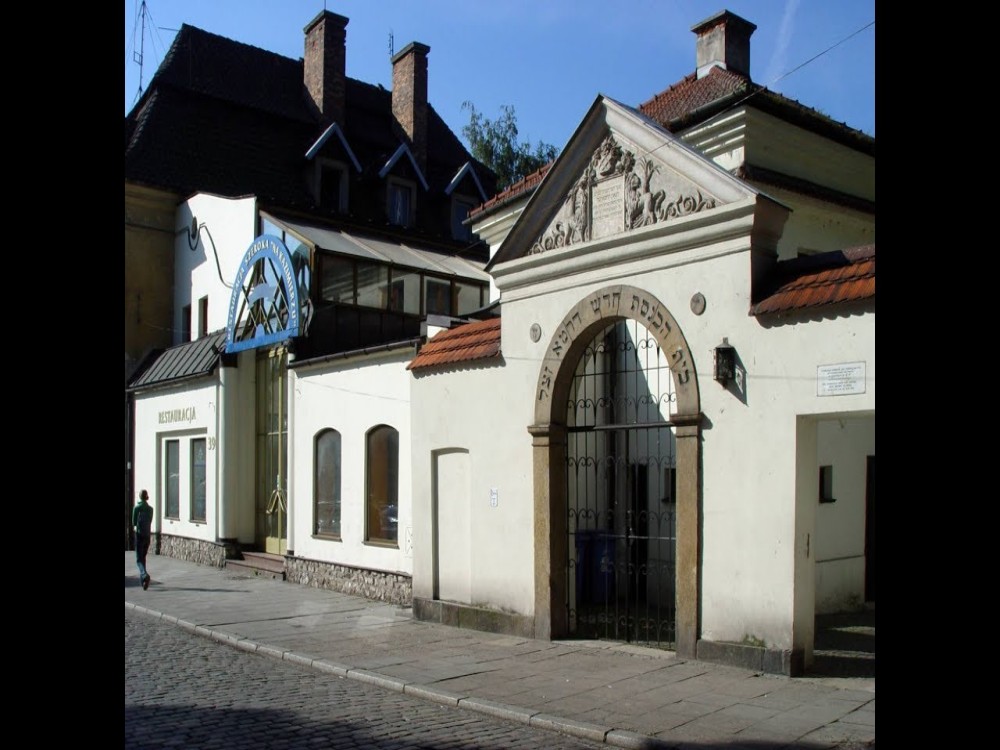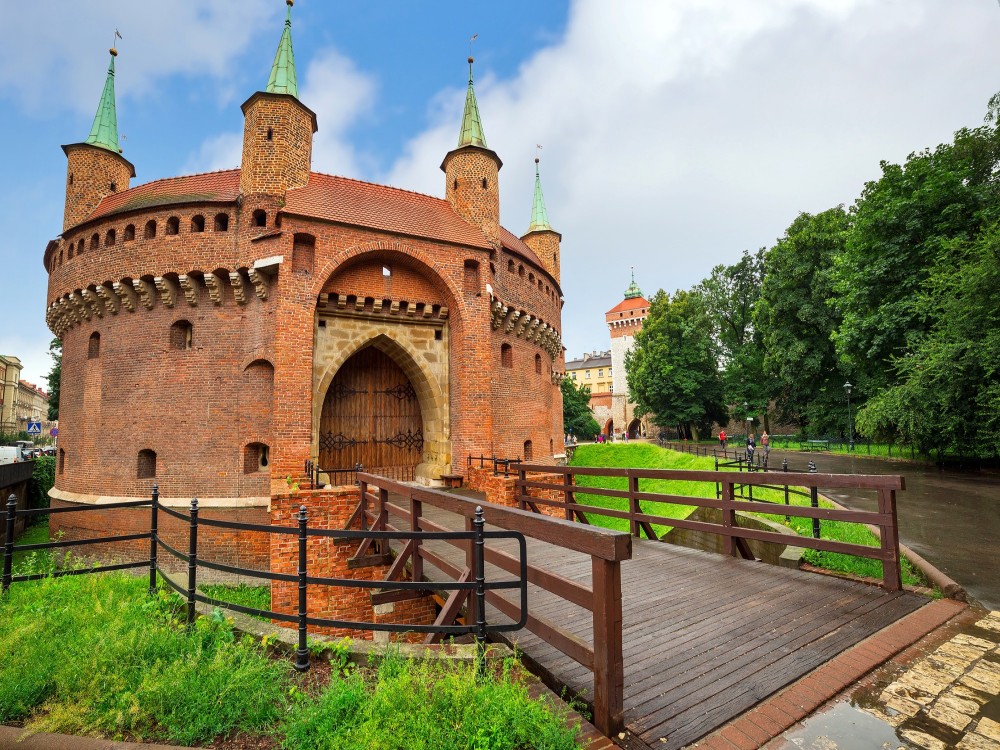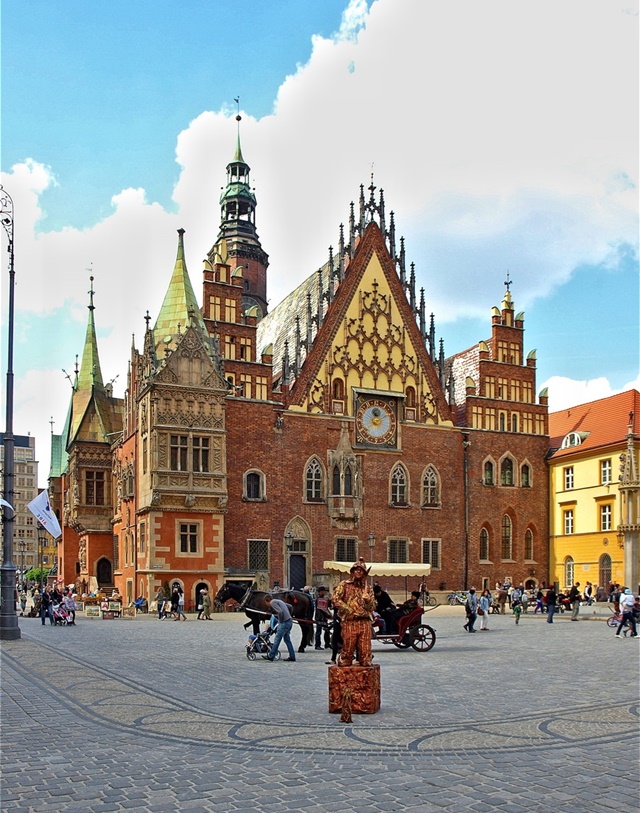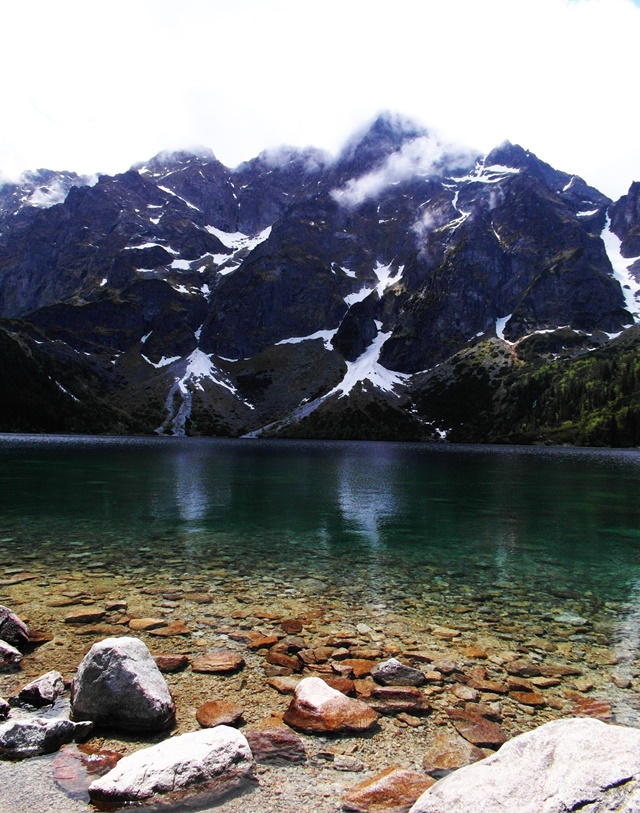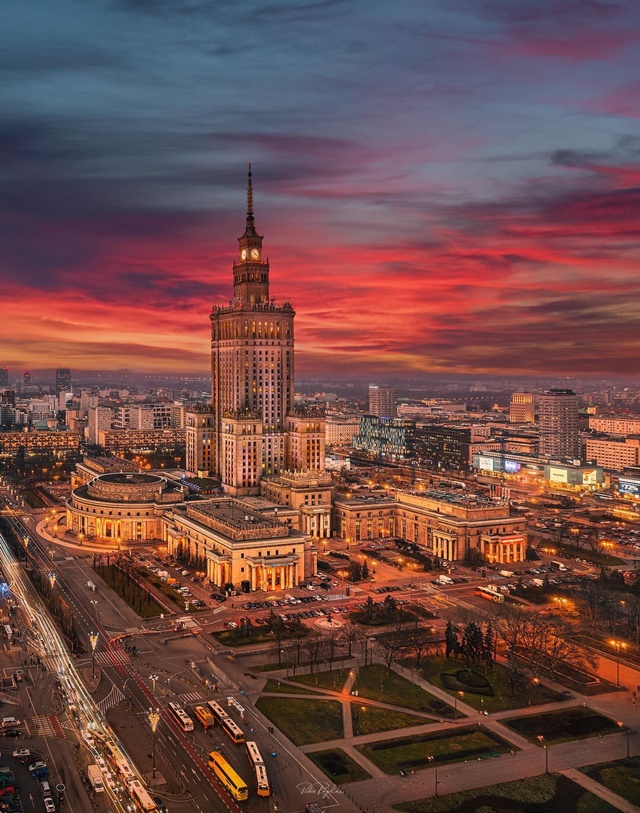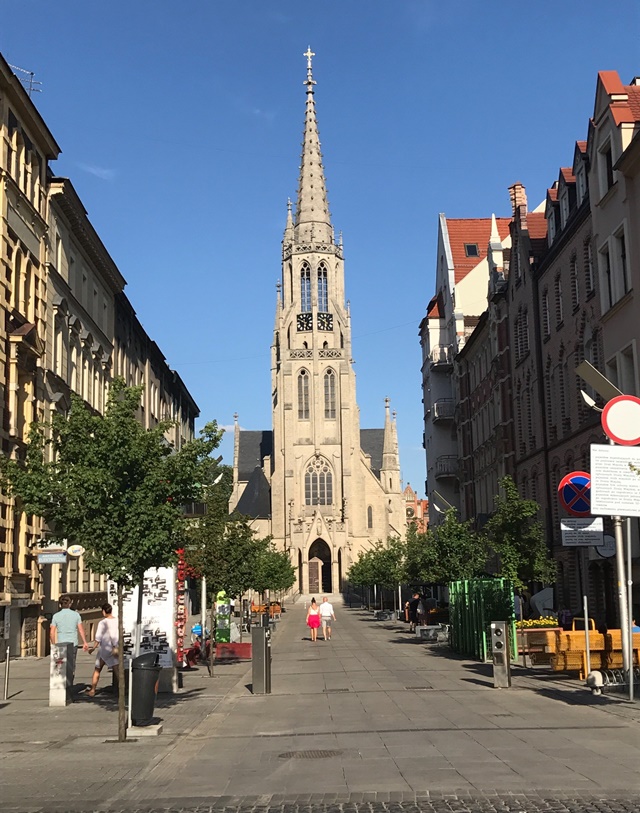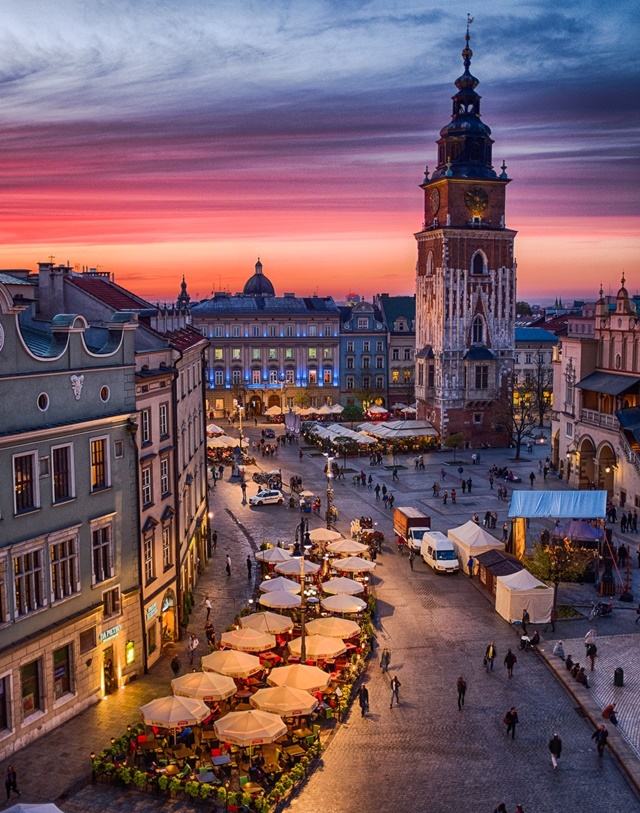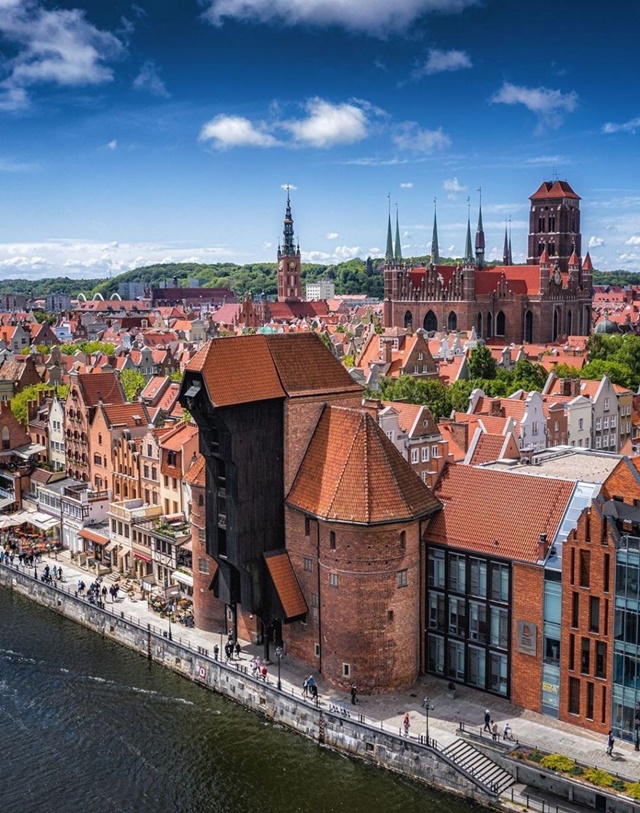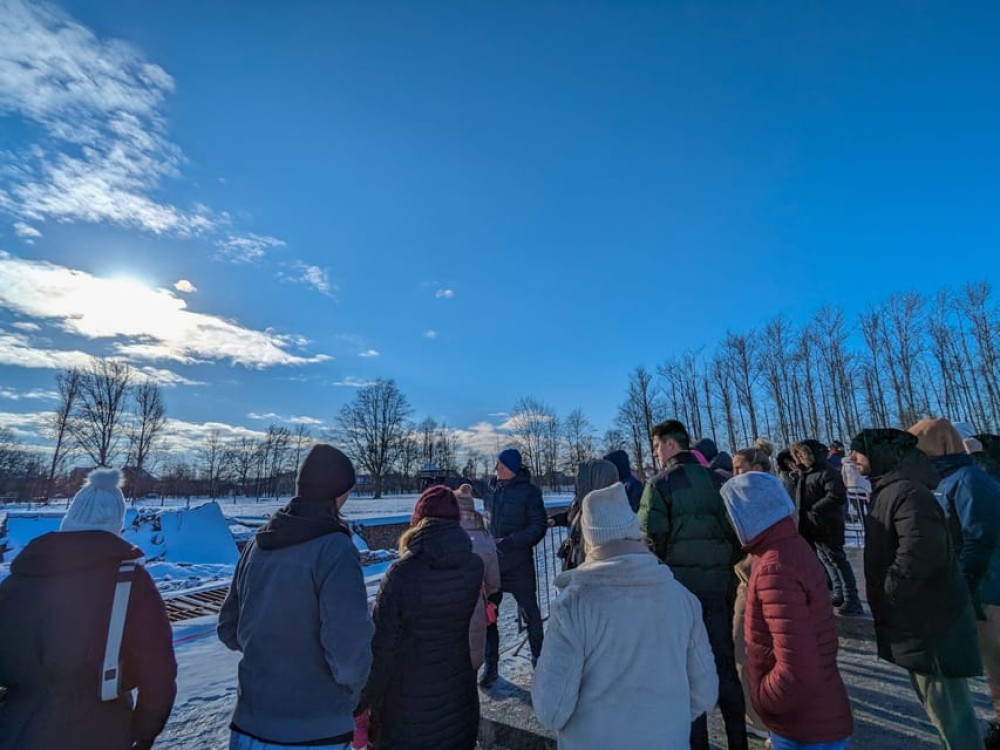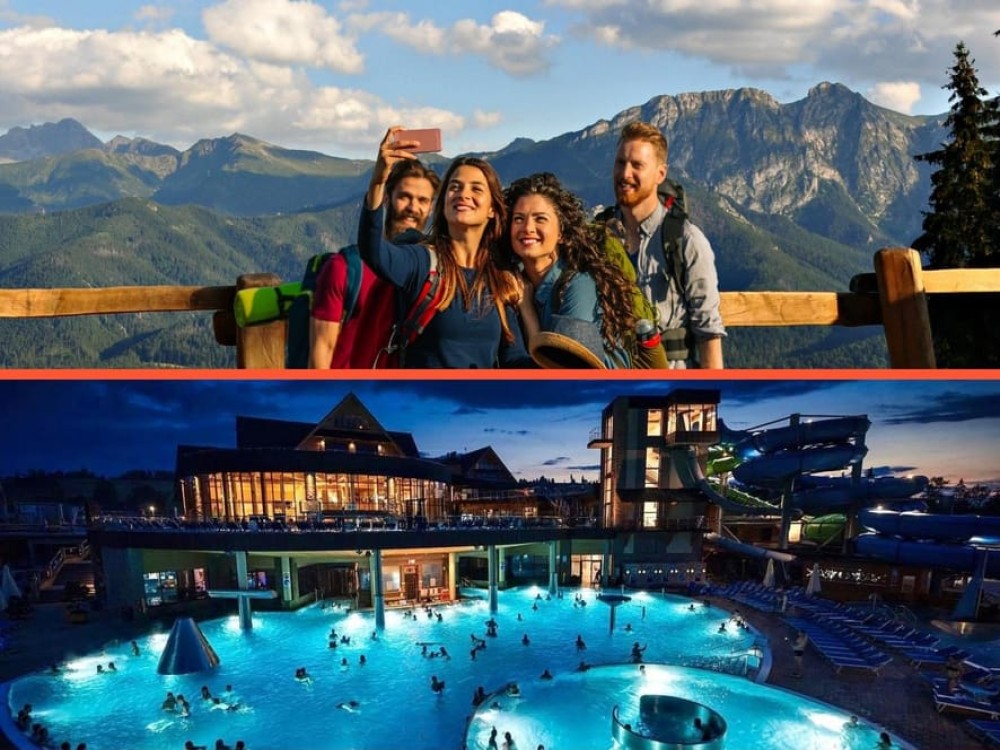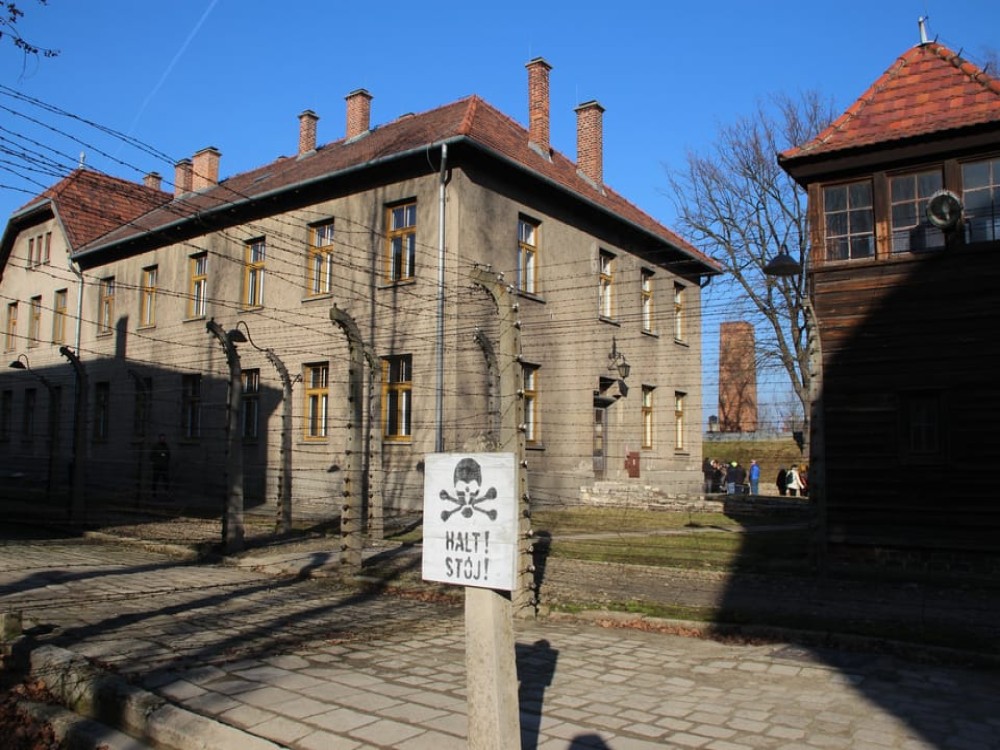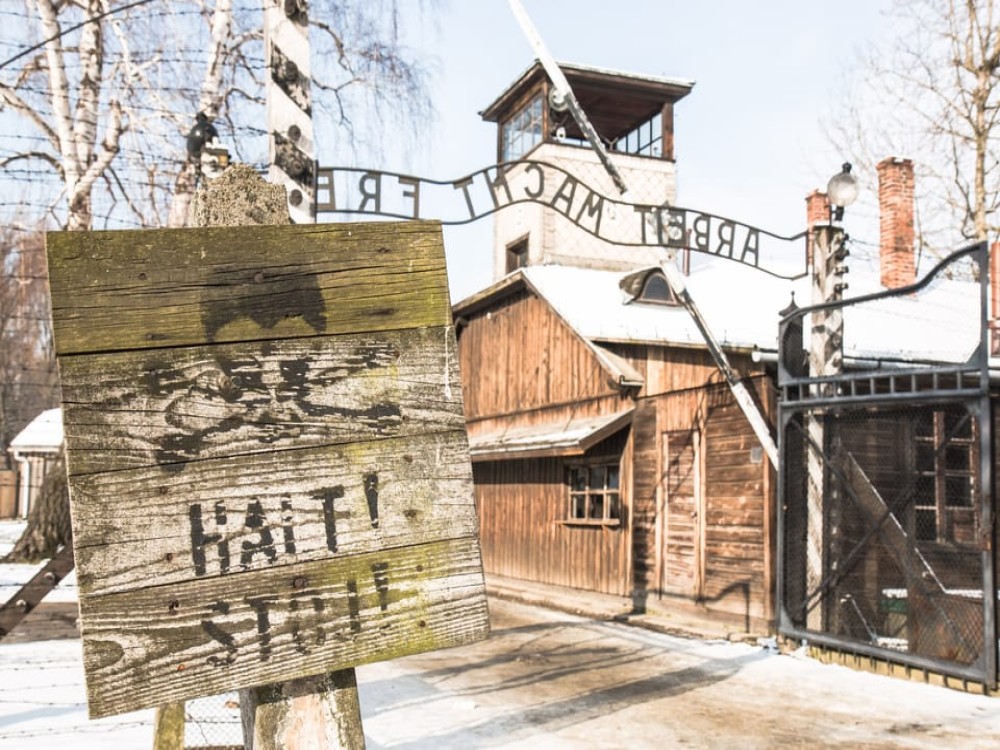Discover the Charm of Poland: A Holiday Guide
Poland, situated in Central Europe, is a country rich in history, culture, and natural beauty. From the medieval charm of Kraków's Old Town to the modern vibrancy of Warsaw, Poland offers a diverse range of experiences for travelers. Nature enthusiasts can explore the Tatra Mountains, the serene Masurian Lake District, and the unspoiled Białowieża Forest. The Baltic Sea coastline features picturesque beaches and resorts like Kołobrzeg, known for its white sandy shores and historic lighthouse. Poland's culinary delights, including pierogi and bigos, provide a taste of its rich heritage. With affordable accommodations and a welcoming atmosphere, Poland is an ideal destination for holidaymakers seeking both adventure and relaxation.
Top Tours & Excursions In Poland
Krakow: Kazimierz, Schindlers Factory, & Ghetto Guided Tour
€60.00
per person
Krakow: Snowmobile Ride with Thermal Pools and Hotel Pickup
€131.00
per person
Krakow Wawel Hill, St Marys Church & Underground Museum
€93.00
per person
From Krakow: Auschwitz-Birkenau Guided Tour & Hotel Pickup
€36.00
per person
Wieliczka Salt Mine Guided Tour from Krakow
€6.00
per person
From Krakow: Auschwitz and Wieliczka Salt Mine Full-Day Trip
€102.00
per person
From Krakow: Auschwitz Birkenau Self-Guided Tour
€35.00
per person
From Krakow: Zakopane & Chocholow Thermal Pools
€105.00
per person
Krakow: Zakopane Tatra Thermal Pools & Local Tasting Tour
€105.00
per person
Auschwitz-Birkenau Memorial Tour: A Day of Reflection and History
€10.00
per person
Auschwitz & Wieliczka Salt Mine: A Full Day of History and Reflection
€103.00
per person
Auschwitz-Birkenau & Guided Tour from Krakow: A Deep Dive into History
€44.00
per person
Attractions in Poland
Attractions you can do in Poland
Trip ideas for Poland
Activities and travel ideas you can do in Poland
Itineraries for Poland
Itineraries you can do in Poland
All about Poland
When to Visit
Poland's climate varies, offering unique experiences throughout the year. The peak tourist season runs from May to September, with warm temperatures ideal for exploring cities and natural landscapes. July and August are popular for coastal visits, especially to resorts like Sopot and Gdańsk. Autumn, particularly October, brings vibrant foliage, enhancing the beauty of regions like Lower Silesia, making it perfect for cycling holidays. Winter transforms areas like Zakopane into winter sports havens, with skiing and snowboarding opportunities. December's Christmas markets in cities like Kraków and Wrocław offer festive charm. Each season provides distinct attractions, allowing travelers to choose the best time based on their interests.
Getting Around
Poland boasts a well-developed transportation network, facilitating easy travel across the country. Major cities like Warsaw, Kraków, and Gdańsk are connected by efficient train services operated by PKP Intercity, offering both speed and comfort. For regional travel, buses provide extensive coverage, reaching even remote areas. In urban centers, public transport systems, including buses and trams, are reliable and affordable. Ride-sharing services like Uber operate in larger cities, offering convenient alternatives. Car rentals are available for those preferring to explore at their own pace, with well-maintained roads and clear signage. Cycling is also popular, especially in regions like Lower Silesia, which offer scenic routes for enthusiasts.
Traveler Tips
When visiting Poland, it's beneficial to learn a few basic Polish phrases, as English proficiency varies, especially in rural areas. Currency exchange is straightforward, with numerous exchange offices (kantors) offering competitive rates; the local currency is the Polish złoty (PLN). Tipping in restaurants is customary, typically around 10%. Public restrooms may require a small fee, so carrying change is advisable. Poland is generally safe for tourists, but standard precautions should be taken, particularly in crowded areas. Respect for local customs and traditions enhances the travel experience, and engaging with the rich cultural heritage, from traditional folk music to regional cuisines, provides deeper insight into the Polish way of life.
50
Activities & Trip
0
Total Reviews
People Also Ask
Do I need a visa to visit Poland?
Citizens of the European Union (EU), European Economic Area (EEA), and Switzerland do not require a visa to enter Poland. However, non-EU/EEA/Swiss citizens may need a long-stay visa (type D) and a temporary residence permit if they plan to stay longer than three months.
What is the best time to visit Poland?
The ideal time to visit Poland depends on your preferences: Spring (April to June): Mild temperatures and blooming landscapes make it perfect for sightseeing. Summer (June to August): Warm weather suitable for outdoor activities, though it's also the peak tourist season. Autumn (September to November): Cooler temperatures with beautiful fall foliage. Winter (December to February): Cold temperatures, ideal for winter sports in the Tatra Mountains.
What currency is used in Poland?
Poland is generally considered safe for travelers, with low crime rates. However, it's always prudent to stay vigilant in crowded places to avoid petty crimes like pickpocketing.
What languages are spoken in Poland?
The official language is Polish. In major cities and tourist areas, English is commonly spoken, but learning a few basic Polish phrases can enhance your experience and is appreciated by locals.
What is the tipping culture in Poland?
Tipping is customary in Poland. In restaurants, a tip of 10-15% is standard if service is not included. It's also common to tip hotel staff, taxi drivers, and tour guides.
How can I get around Poland?
Poland has an extensive and efficient transportation network: Trains: PKP Intercity offers services connecting major cities. Polrail Buses: A wide range of bus services operate both domestically and internationally. Car Rentals: Available in most cities for those who prefer flexibility. Public Transport: Cities like Warsaw and Kraków have reliable trams and buses.
What are some must-see attractions in Poland?
Poland boasts numerous attractions, including: Kraków: Explore the historic Old Town and Wawel Castle. Warsaw: Visit the reconstructed Old Town and the Royal Castle. Gdańsk: Discover the medieval architecture and the Baltic Sea coast. Wieliczka Salt Mine: A UNESCO World Heritage site with underground chambers and tunnels. Tatra Mountains: Ideal for hiking and winter sports.
What is the electrical voltage in Poland?
Poland uses a 230V supply voltage and 50Hz frequency. The power plugs and sockets are of type E, so travelers may need a plug adapter.
Are there any health precautions I should take before visiting Poland?
Poland has a well-developed healthcare system. It's advisable to have travel insurance that covers medical expenses. No specific vaccinations are required, but it's always good to be up-to-date on routine vaccinations.
Are English speakers common in Poland?
English is widely spoken in major cities, tourist areas, and by younger generations. However, learning a few basic Polish phrases like “Dzień dobry” (Good morning) and “Dziękuję” (Thank you) will enhance your travel experience.
Frequently Asked Question
The answers provided below are based on answers previously given by the tour provider to customers' questions.
What are the top things to do in Poland?
The top things to do in Poland are:
What are the top activities in Poland?
Top activities in Poland include:
What do I need to know before visiting Poland?
Check out these top Poland travel ideas:
- ● Krakow on Foot: Best Walking Routes to Discover the City’s Charm
- ● Day Trips from Krakow: Unmissable Adventures Just Outside the City
- ● A Food Lover's Guide to Krakow: Traditional Dishes You Must Try
- ● Top 10 Must-See Attractions in Krakow for First-Time Visitors
- ● Krakow for Culture Enthusiasts: Museums, Art, and Theaters to Explore
Copyright © 2025 All Rights Reserved



